This Italian meatloaf recipe, known as "polpettone al sugo," is a flavorful meatloaf that's a true classic in Italian food. Crafted from a blend of minced beef and pork, this tender meatloaf is reminiscent of a giant meatball in a loaf shape. Unlike the classic meatloaf recipes you might find at the grocery store, the Italian-style meatloaf is a moist meatloaf that's rich in flavor and doesn't rely on complex sauces. Whether you are looking for a great recipe for the whole family or a flavorful meatloaf that stands out, this Italian dish will surely become a family favourite.
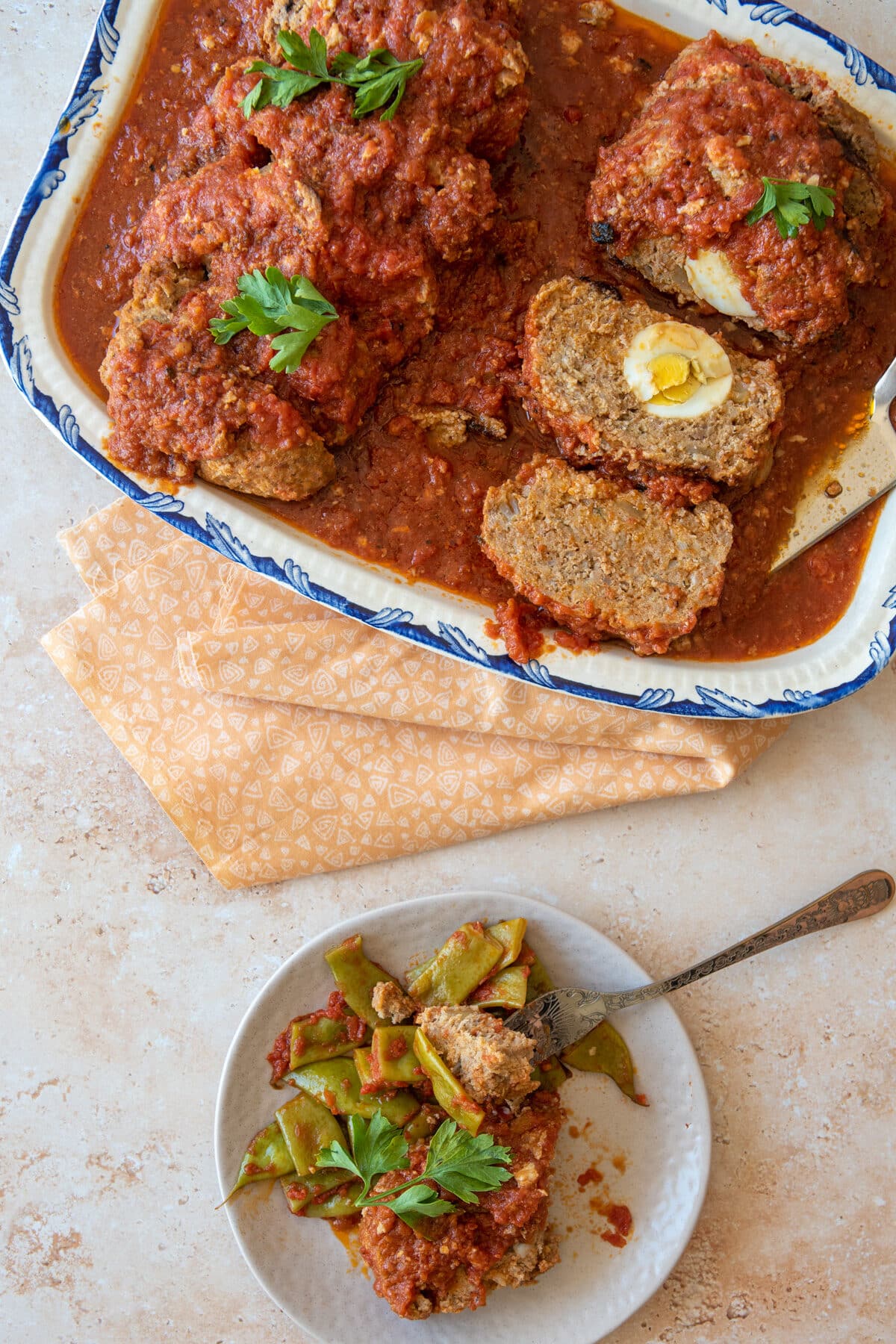
Jump to:
The history of this classic Italian recipe dates back to the 15th century, and with so many variations over the years, it's hard to define just one traditional meatloaf recipe.
While the humble polpettone was originally a way to repurpose leftover meat, this delicious Italian meatloaf recipe "Polpettone al sugo" was inspired by the "polpettone piemontese" from the Artusi book.
Crafted with fresh raw meat seasoned with a blend of herbs and spices and simmered in tomato sauce, this meatloaf has a boiled egg inside, adding a sophisticated twist perfect for dinner parties.
For more recipes with minced beef or sausage, check out the recipes: beef sausage hand pie, sausage stuffing with chestnuts, deep fried olives olive ascolane, lasagna di carnevale, deep fried meatballs, bolognese sauce.
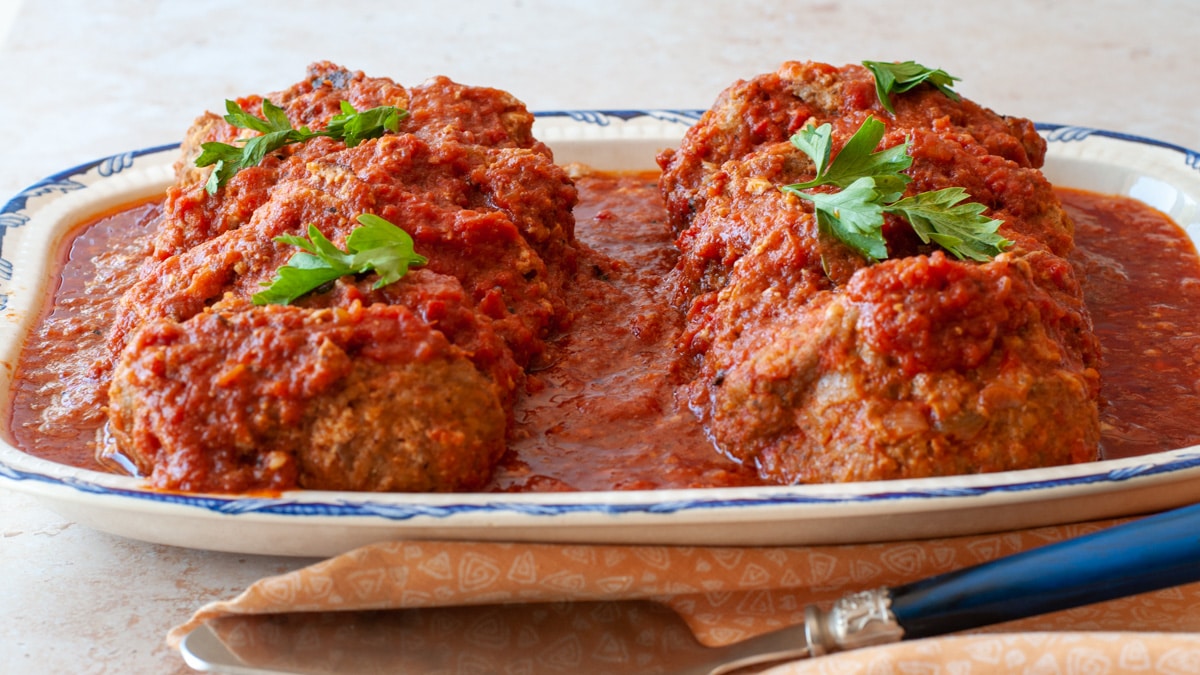
Ingredients
- Lean ground beef: Opt for pre-minced beef. Avoid blending it yourself as it can compromise the meat's texture and consistency.
- Ground pork or Italian sausage: Adds a rich depth of flavor and complements the beef.
- Bacon or Nduja: exceptionally in this recipe, I substitute bacon with Nduja. It is a spicy, spreadable salami that infuses the meatloaf with a kick of heat and a unique taste. If you can find it I highly recommend this variation.
- Onion: Provides a subtle sweetness and aromatic base to the dish.
- Parmesan cheese: Introduces a salty, umami flavor and helps bind the ingredients.
- Stale bread: Essential for texture. Avoid store-bought breadcrumbs or panko; they lack moisture and flavor. You can use Italian breadcrumbs as in the link.
- Milk: Helps to soften the stale bread, adding moisture and keeping the meatloaf tender.
- Eggs: Act as a binding agent, ensuring the meatloaf holds its shape.
- Boiled eggs: A surprise element in the center, offering a refined touch to the dish.
- Tomato sauce: Creates a rich and tangy coating, enhancing the overall flavor profile.
- White wine: Deglazes the pan and adds a subtle fruity undertone.
- Olive oil: Used for sautéing and adds a hint of richness.
- Salt and black pepper: Essential seasonings to enhance and balance the flavors.
For measurement, check the recipe card.
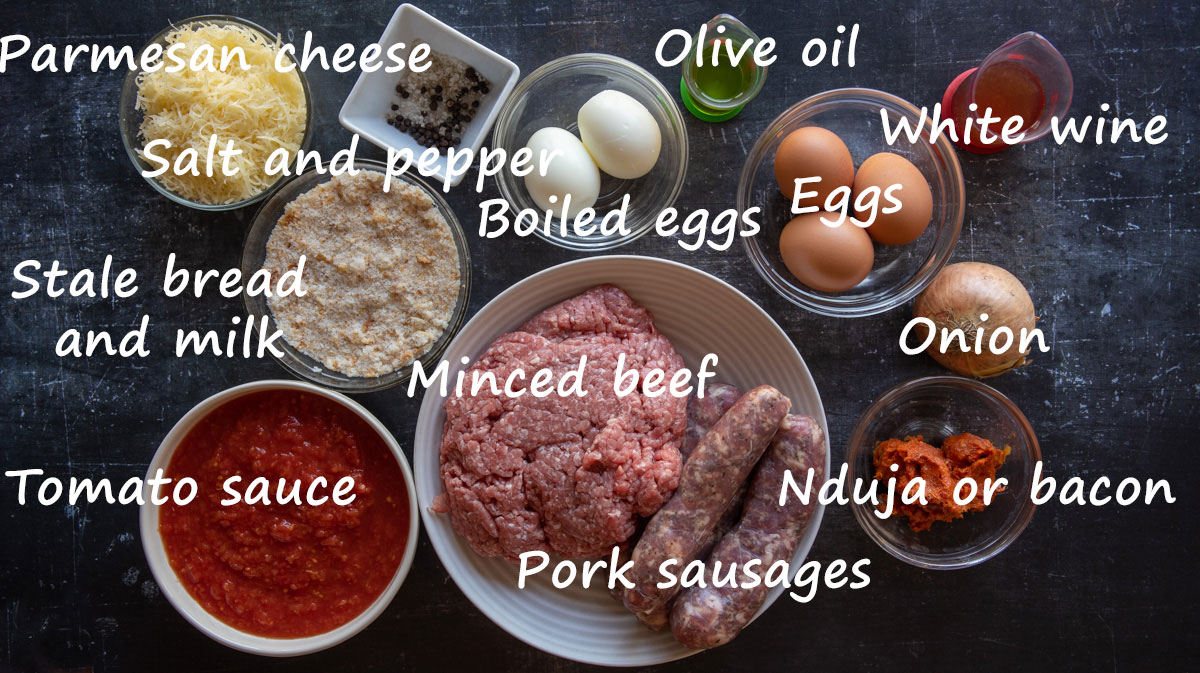
Equipment
- Dutch oven: Ideal for cooking the meatloaf evenly and retaining moisture.
- Large mixing bowl: For combining the meat and other ingredients.
- Chopping board: To prepare the onion and any other ingredients that need chopping.
- Sharp knife: For dicing the onion and slicing the finished meatloaf.
- Measuring cups and spoons: To ensure accurate ingredient quantities.
- Spatula or wooden spoon: For turning the meatloaf and stirring the ingredients.
- Oven mitts: To handle the hot Dutch oven safely.
- Aluminum foil (optional): I use it to shape the meatloaf and store it in the fridge before cooking it
- Serving platter: To present and serve the meatloaf once cooked. This platter keeps warm or cold.
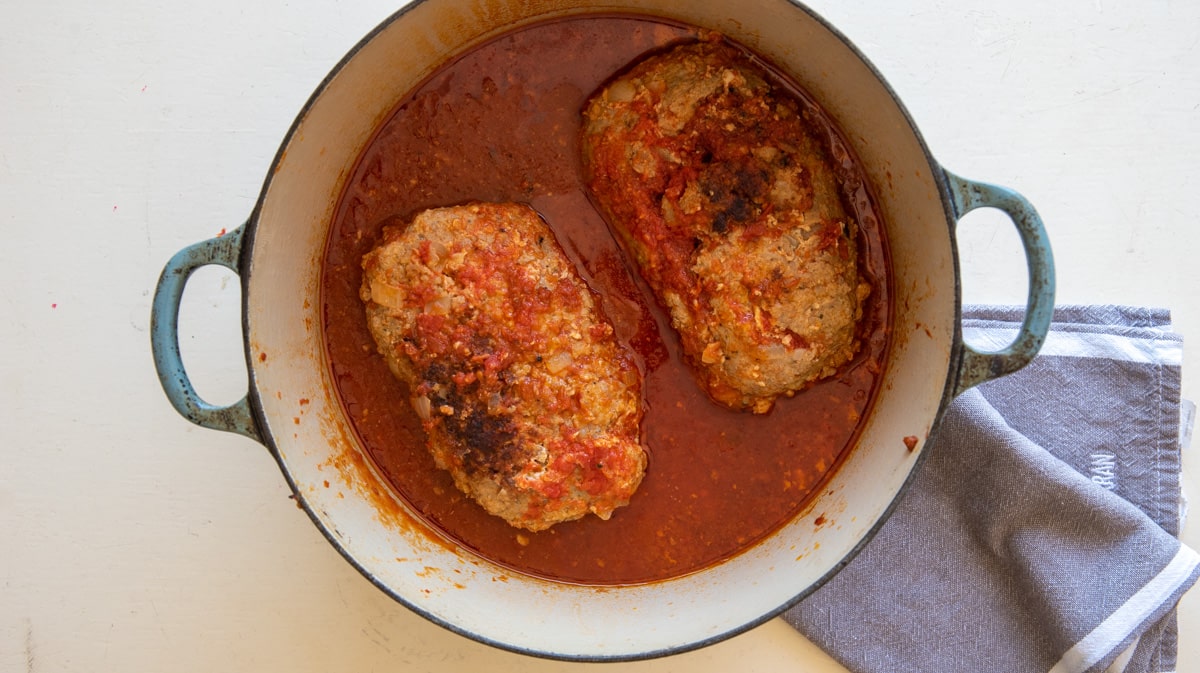
Instructions
Preparing the Meatloaf Mixture:
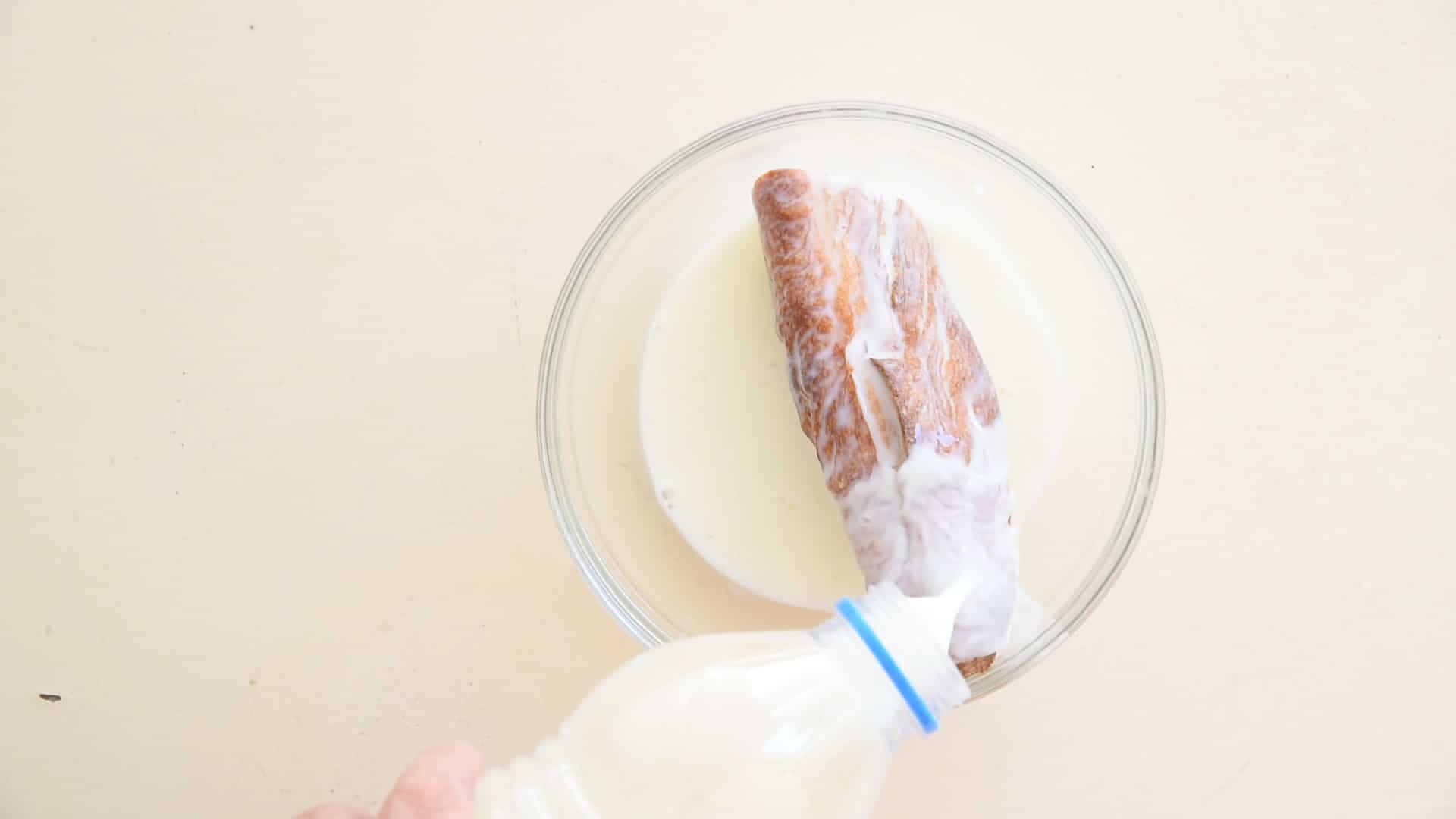
- Before you start, soak the stale bread in milk for 30 minutes until it's fully saturated.
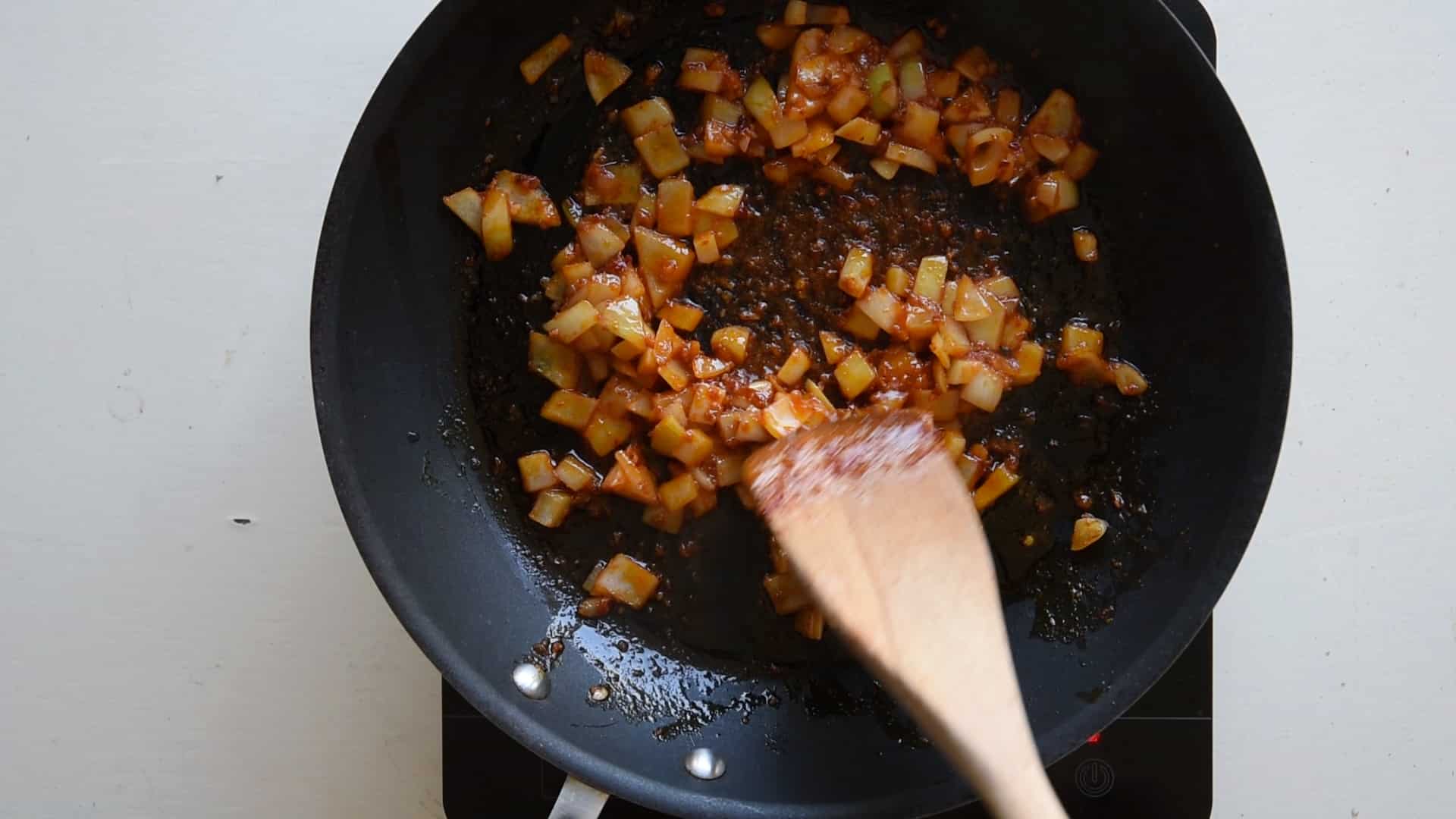
- Stir fry the onion with the bacon (or the Nduja)
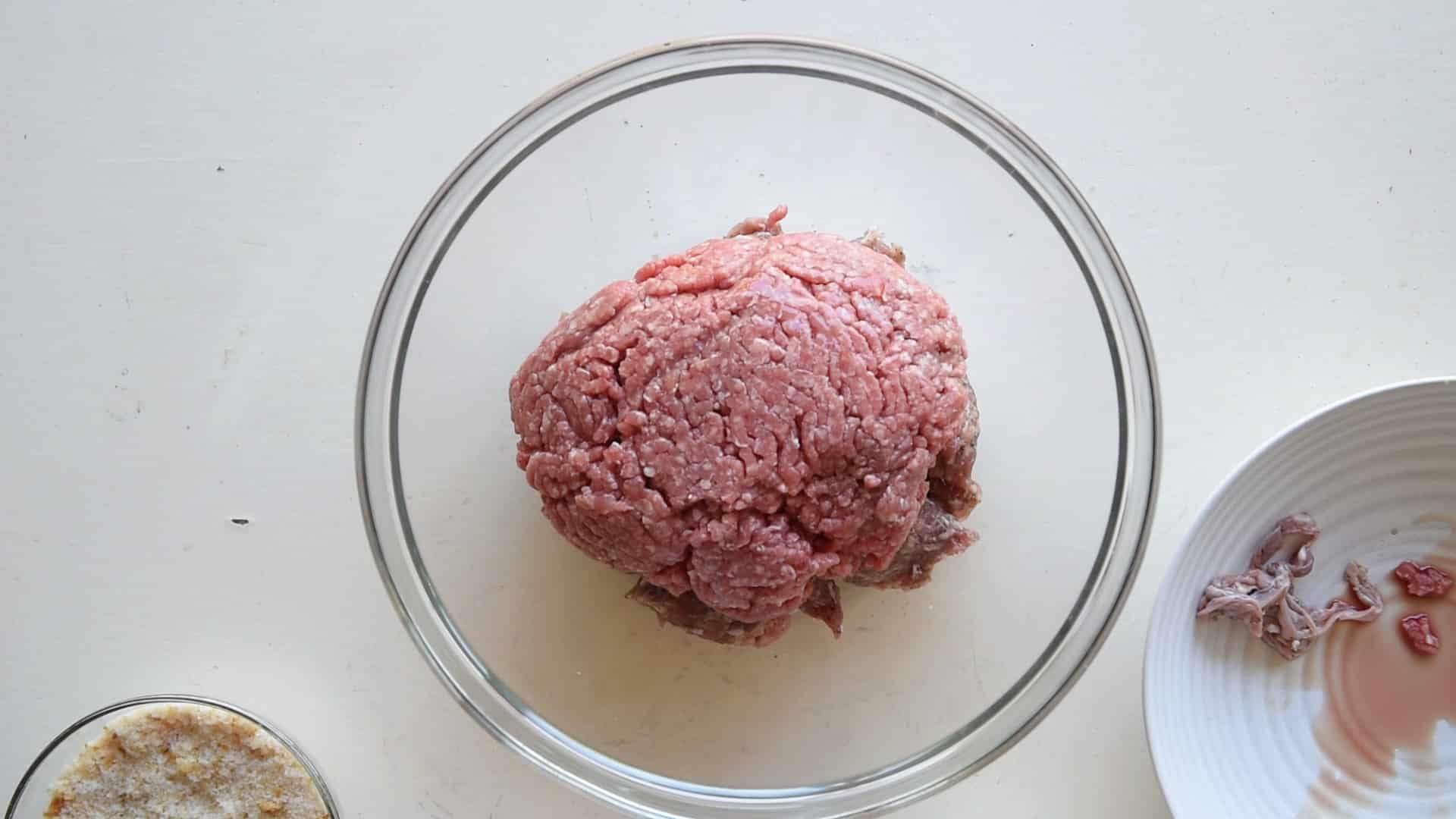
- Combine the lean ground beef and ground pork in a large mixing bowl.
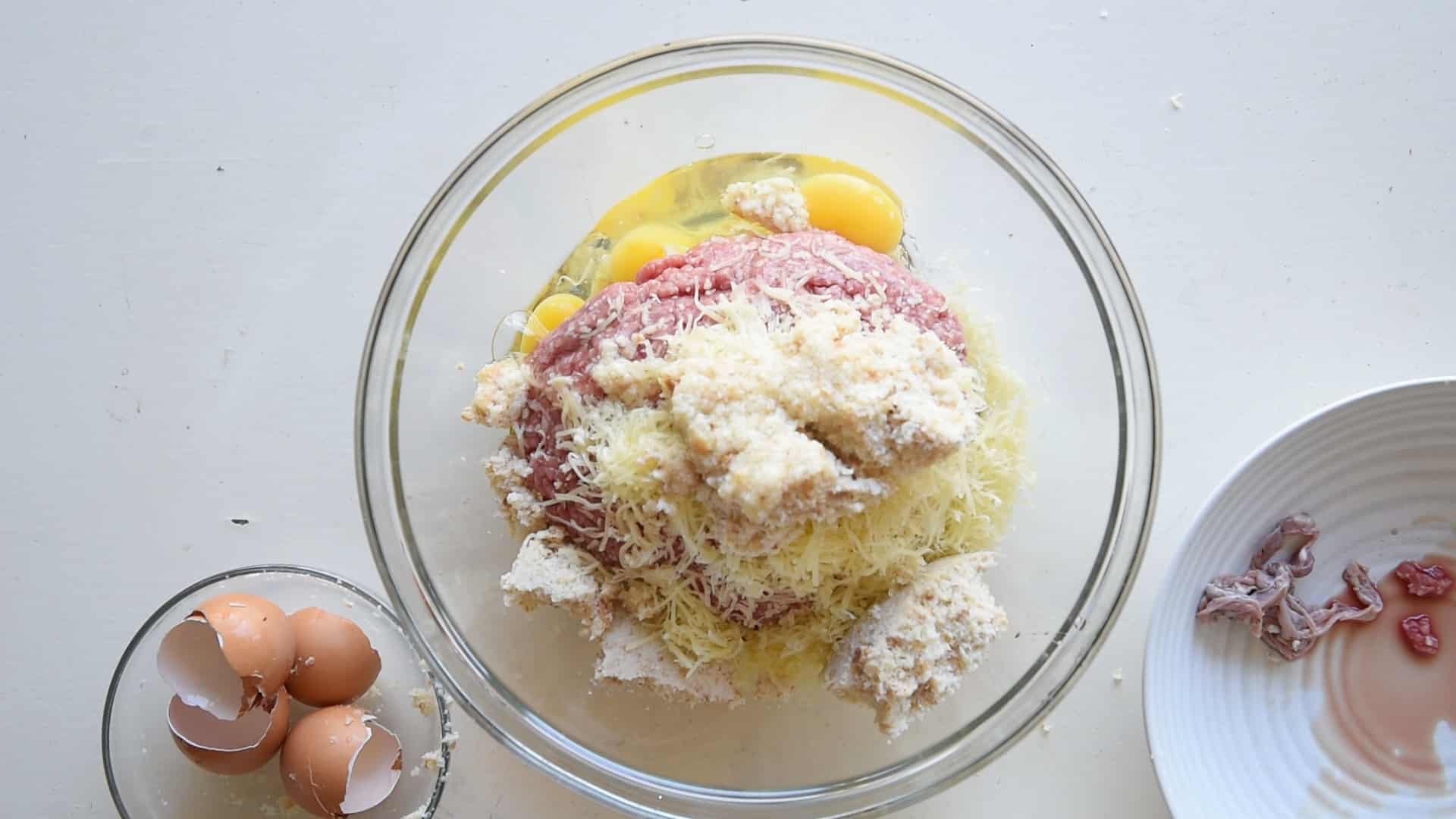
- Add the grated Parmesan cheese and the eggs and season with salt and pepper.
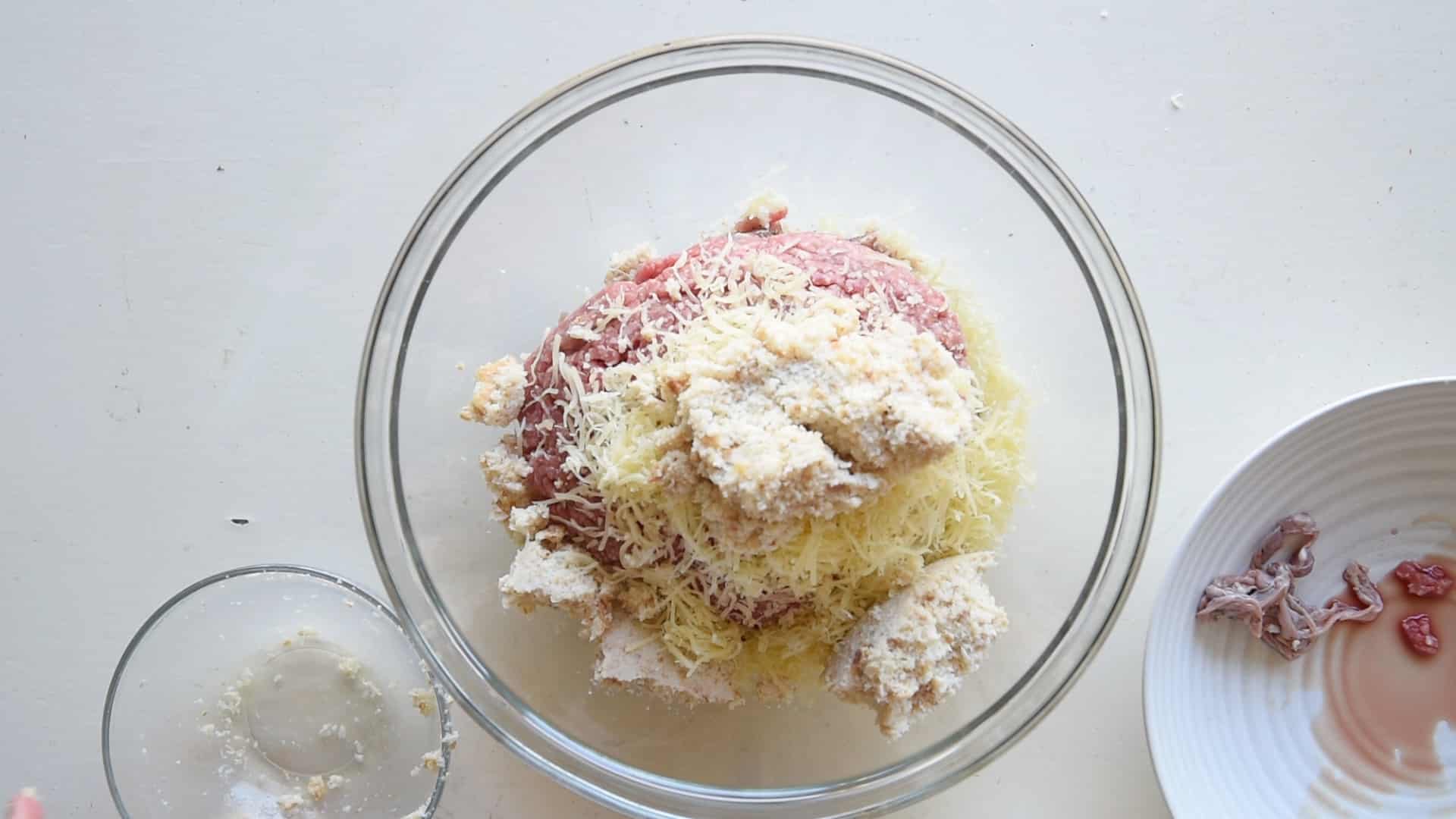
- Squeeze out excess milk and crumble the milk-soaked bread into the meat mixture.
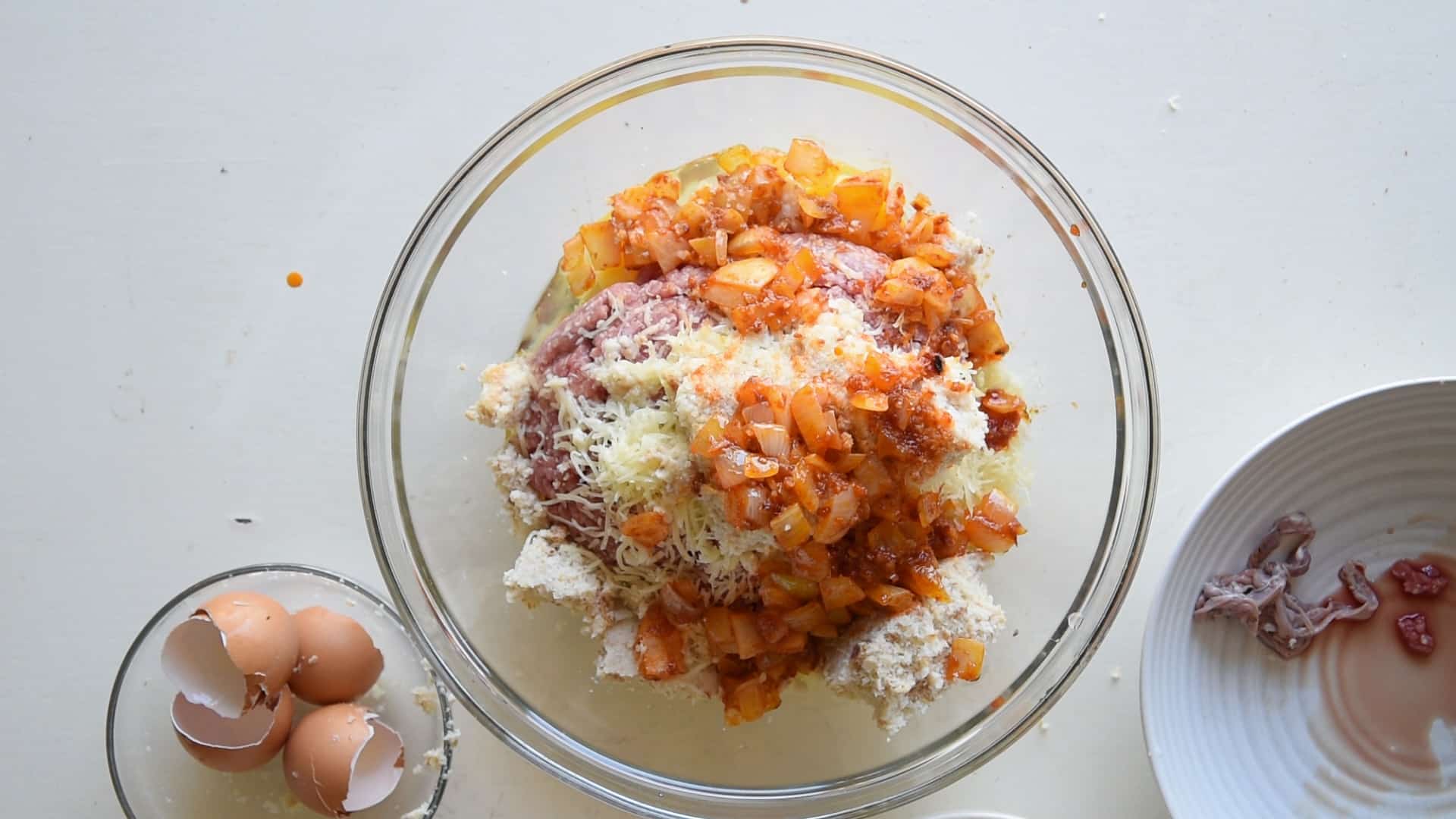
- Add the fried onion and bacon or Nduja
- Mix everything together until well combined.
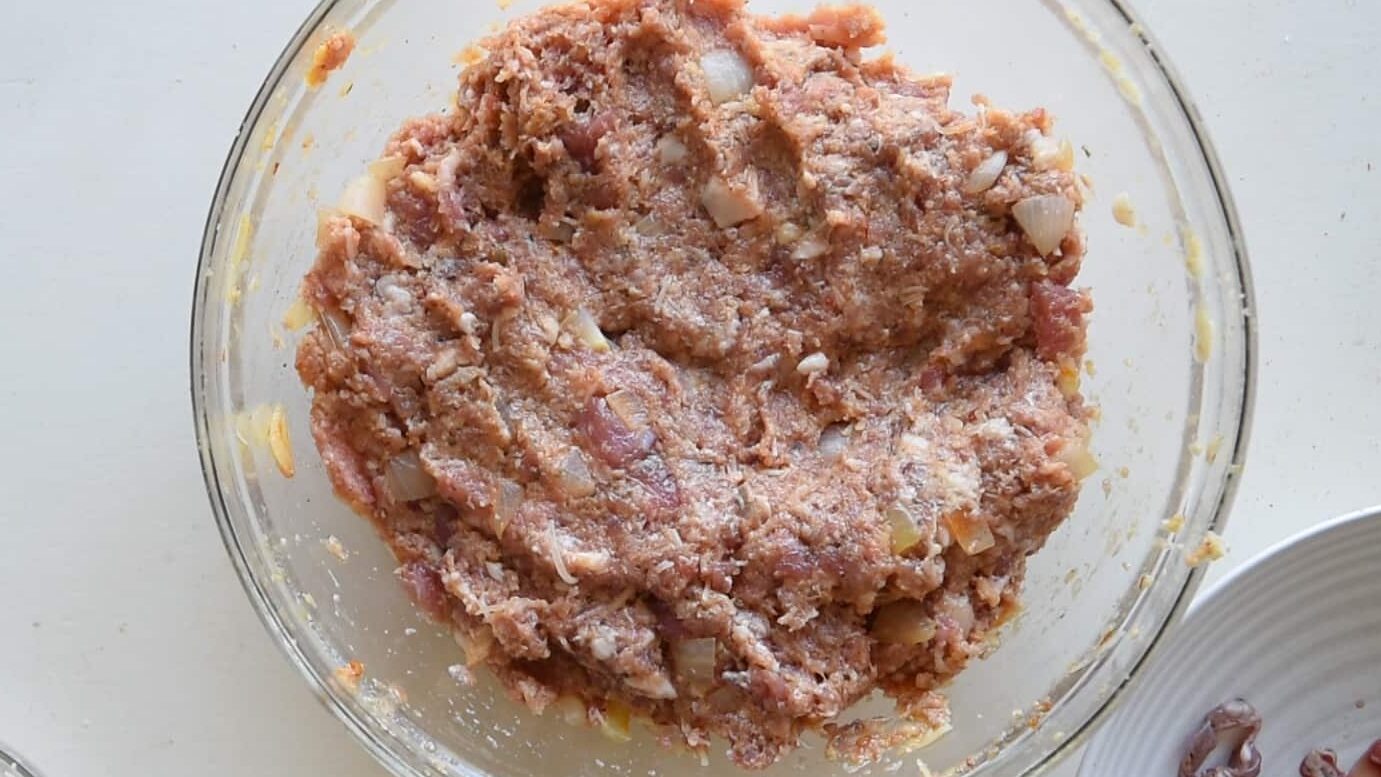
Shaping the Meatloaf:
I make two meatloaves, one for each boiled egg
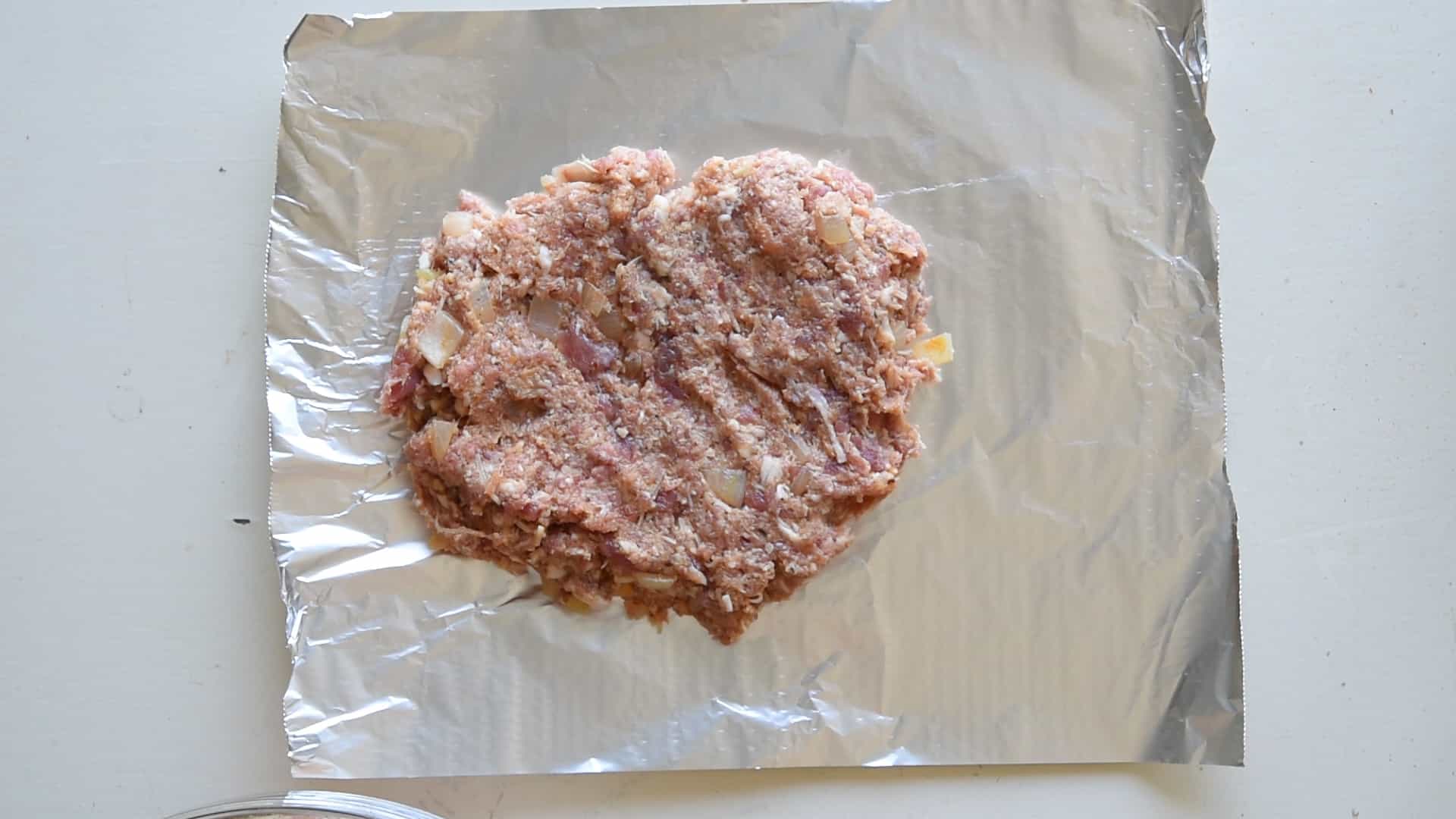
- Lay out a flat surface and shape the meat mixture into a loaf form.
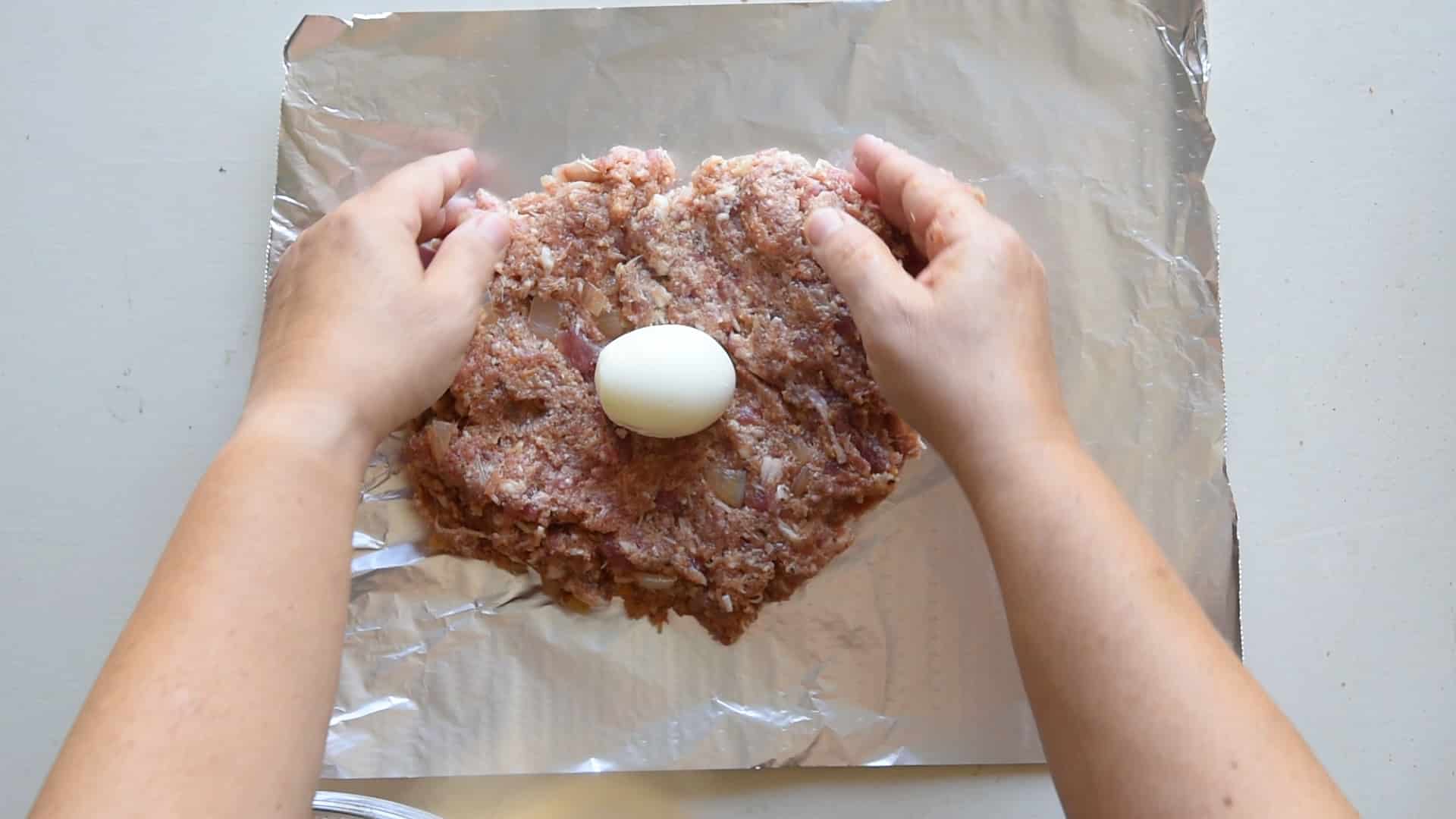
- Make an indentation along the center of the meatloaf and place the boiled eggs inside.
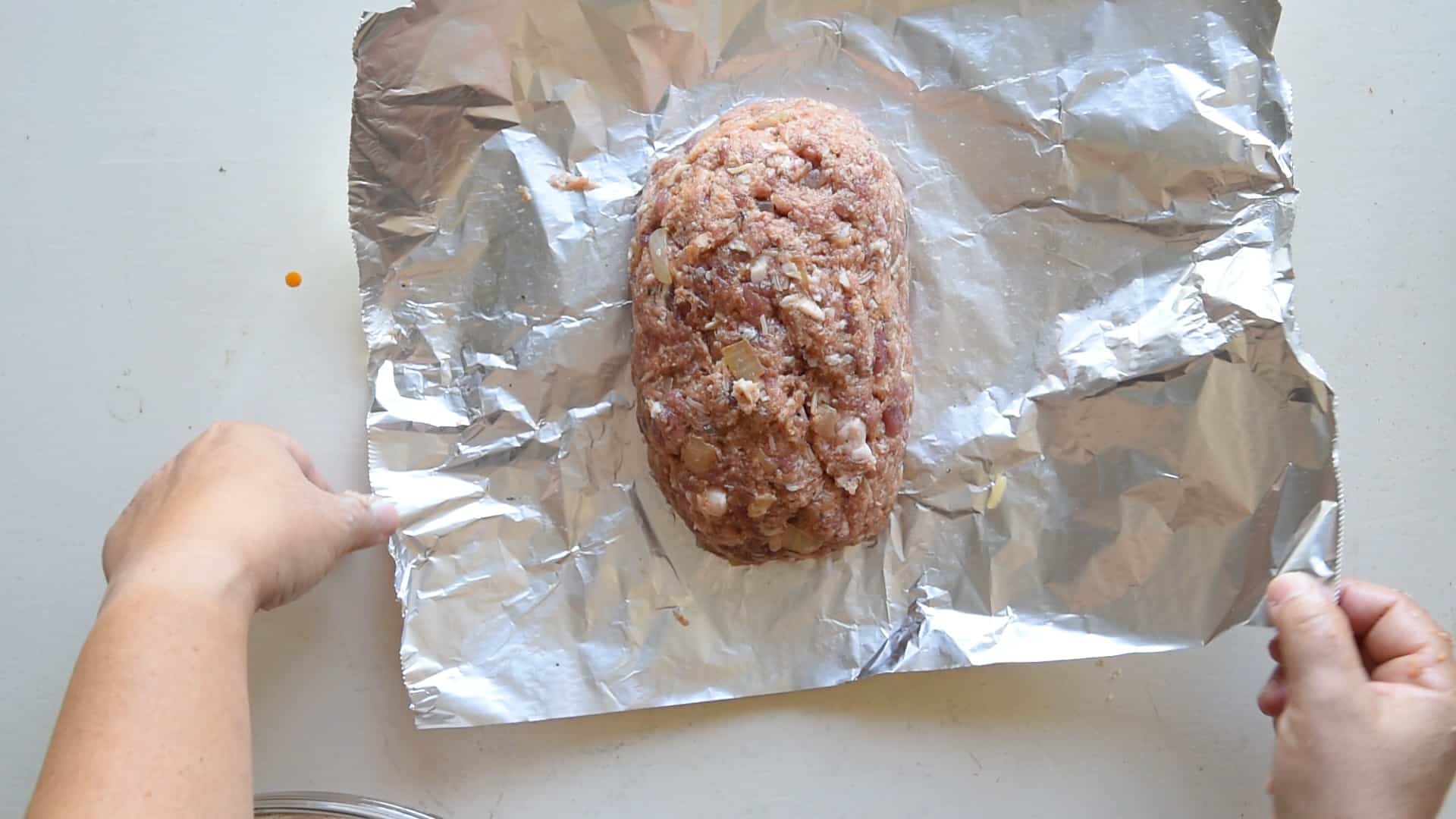
- Fold the meat over the eggs, ensuring they are fully enclosed.
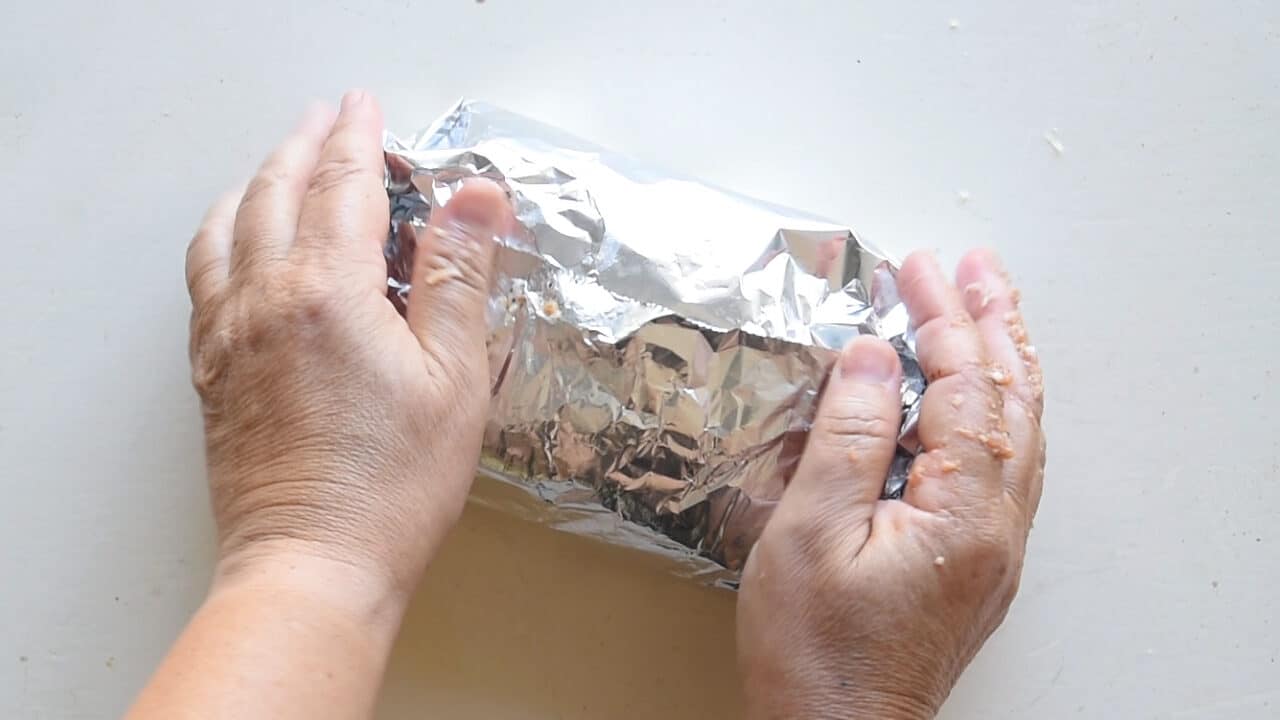
- Smooth out the top of the meatloaf to ensure an even shape.
Hint: to keep the meatloaf shape firm, I fold it in aluminum foil and keep it in the fridge (or freezer in the Summer) for a few minutes
Searing the Meat:
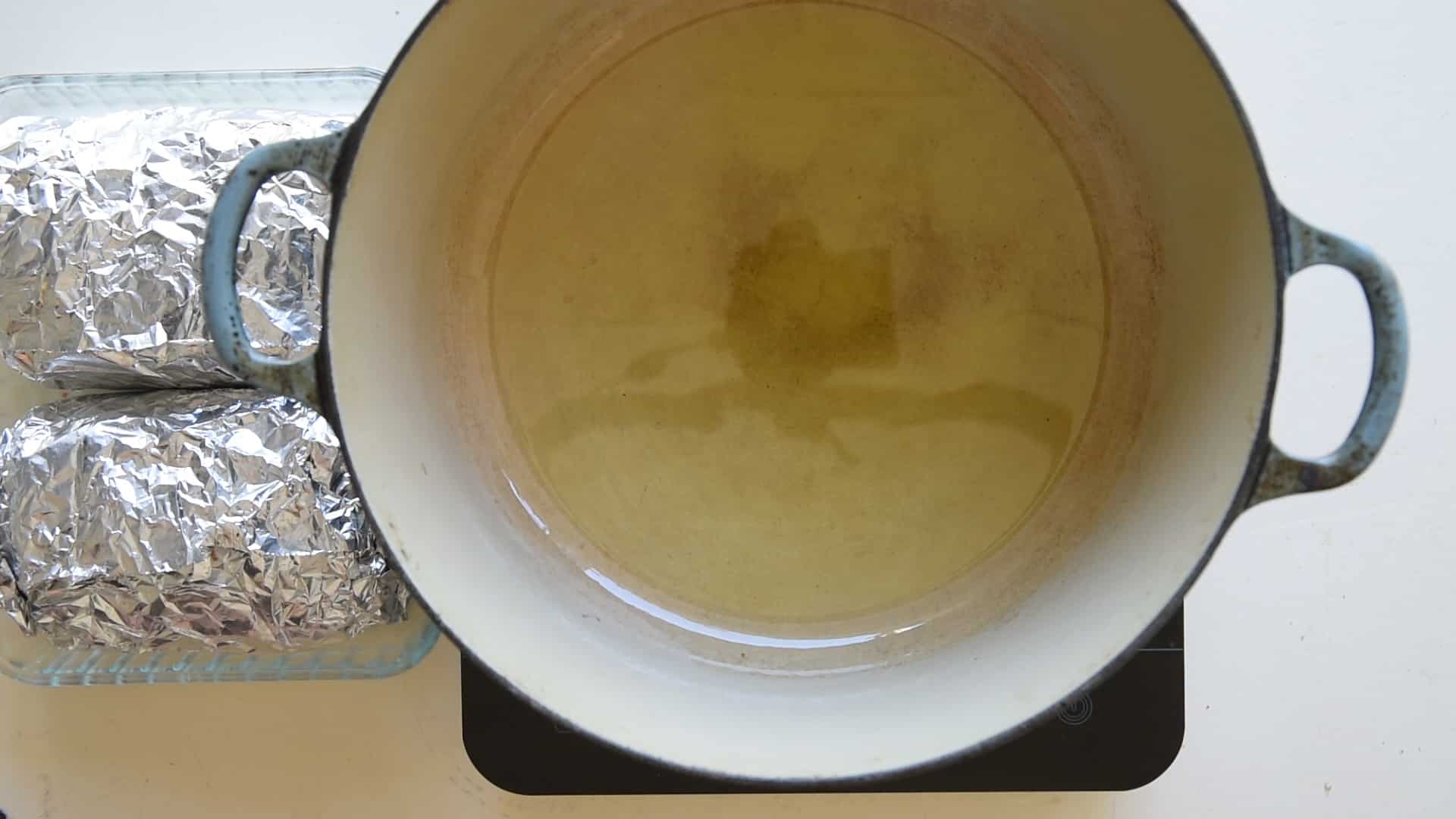
- Heat some olive oil over medium-high heat in a Dutch oven.
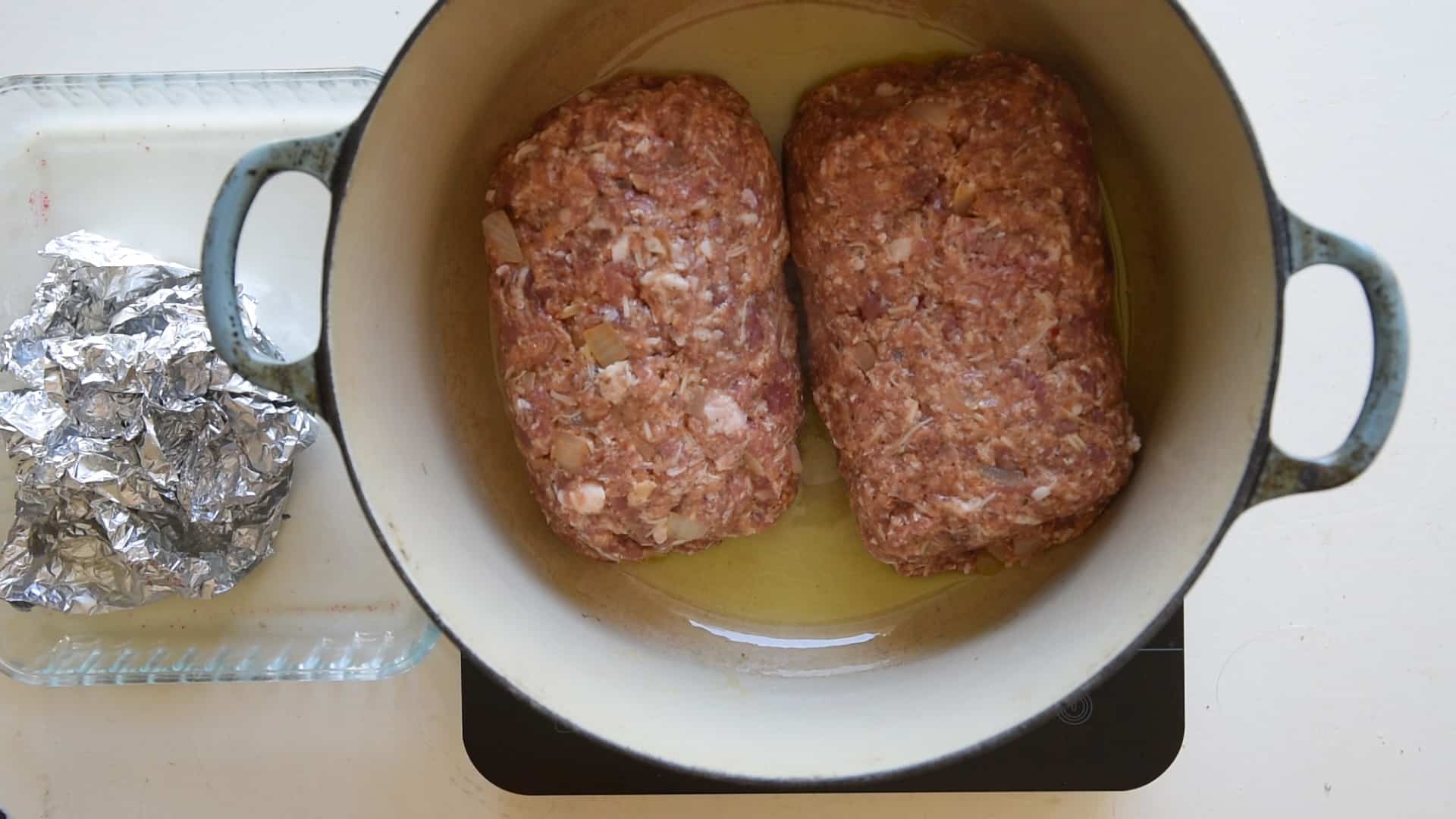
- Once hot, place the meatloaves and sear each side until it's golden brown. This helps to lock in the flavors.
Cook in the Tomato Sauce:
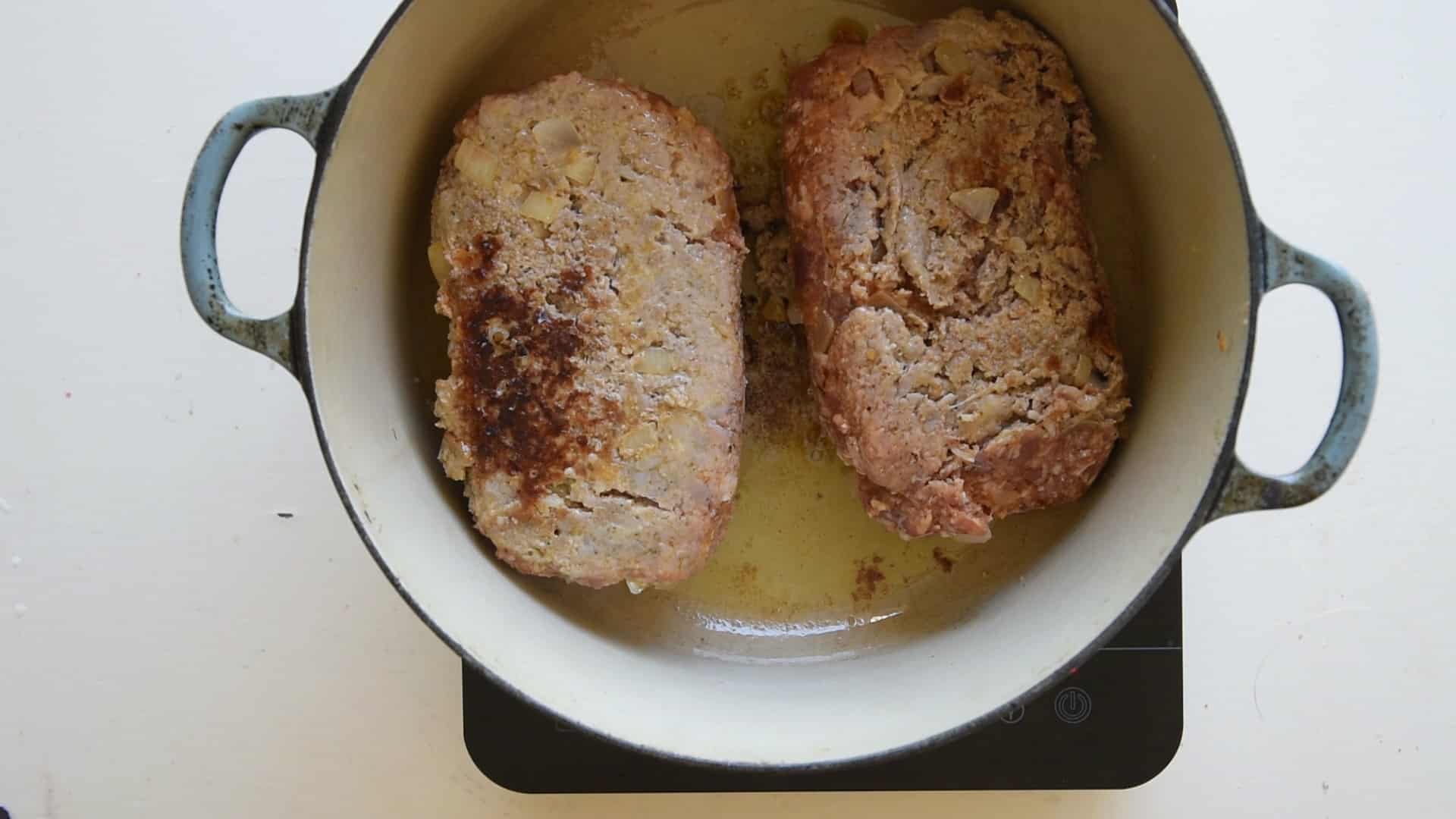
- After searing the meatloaf, reduce the heat to medium.
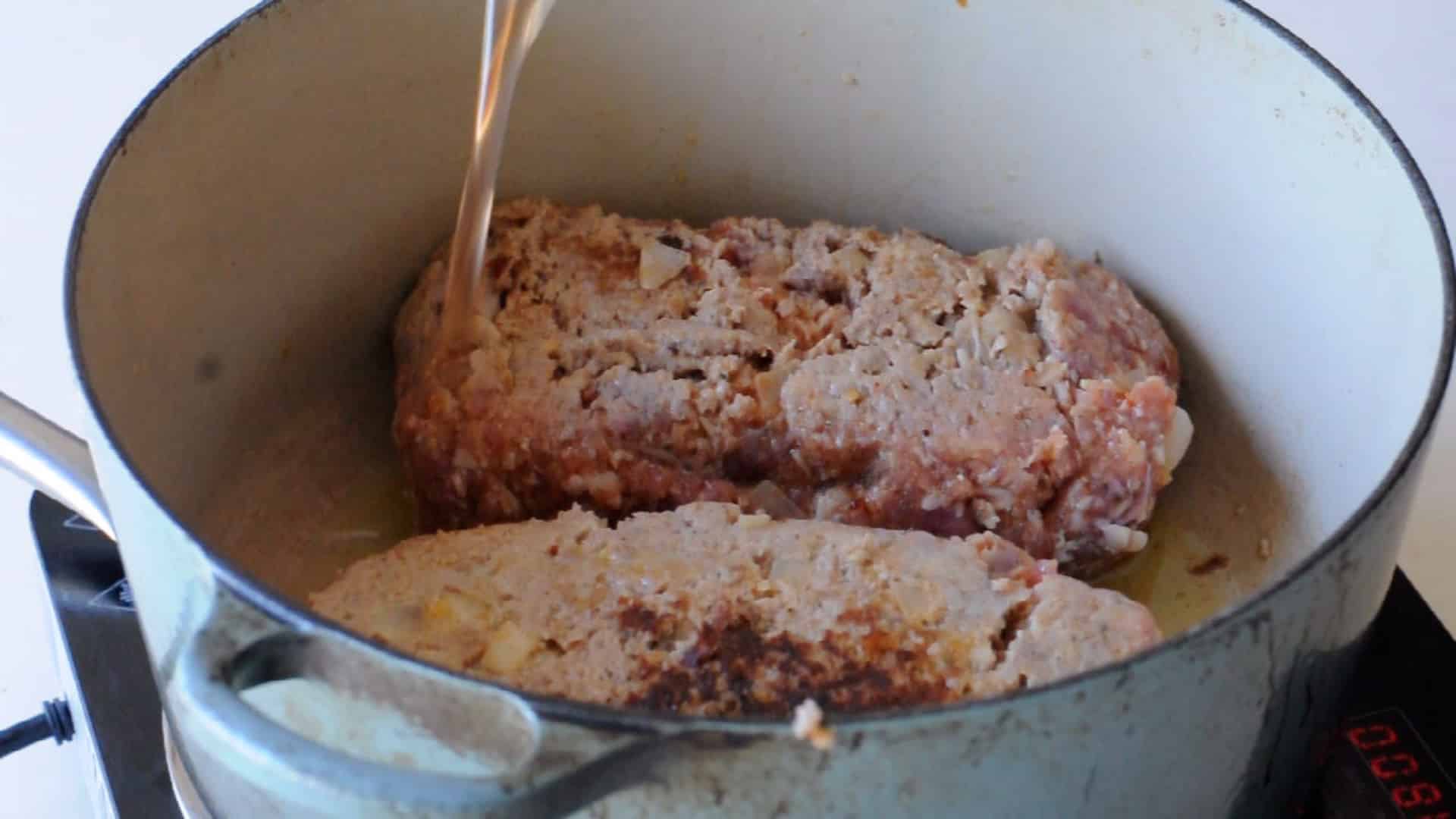
- Pour the white wine to deglaze the pan, scraping up any browned bits from the bottom.
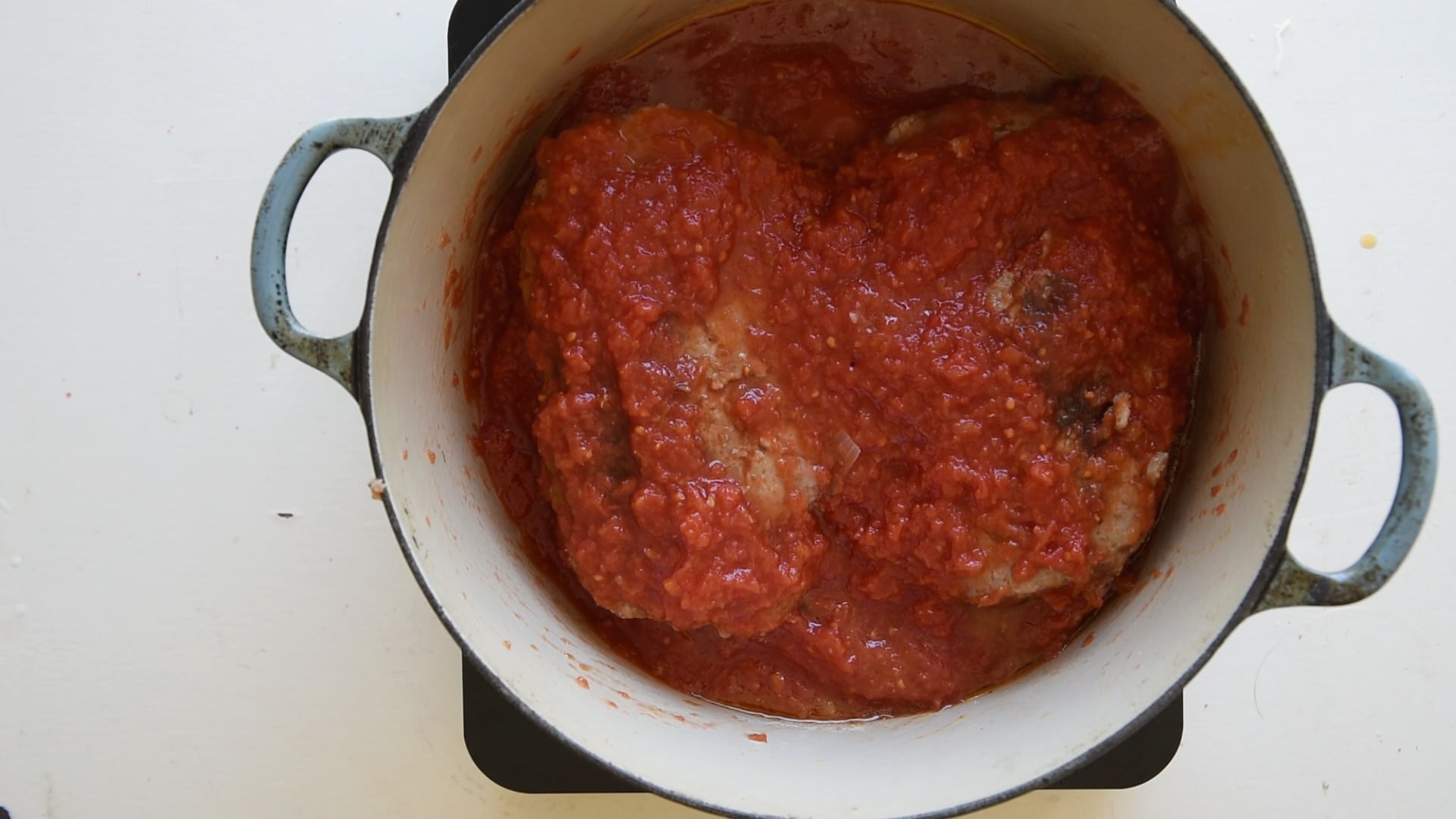
- Add the tomato sauce, ensuring the meatloaf is well-covered. Season with salt and pepper
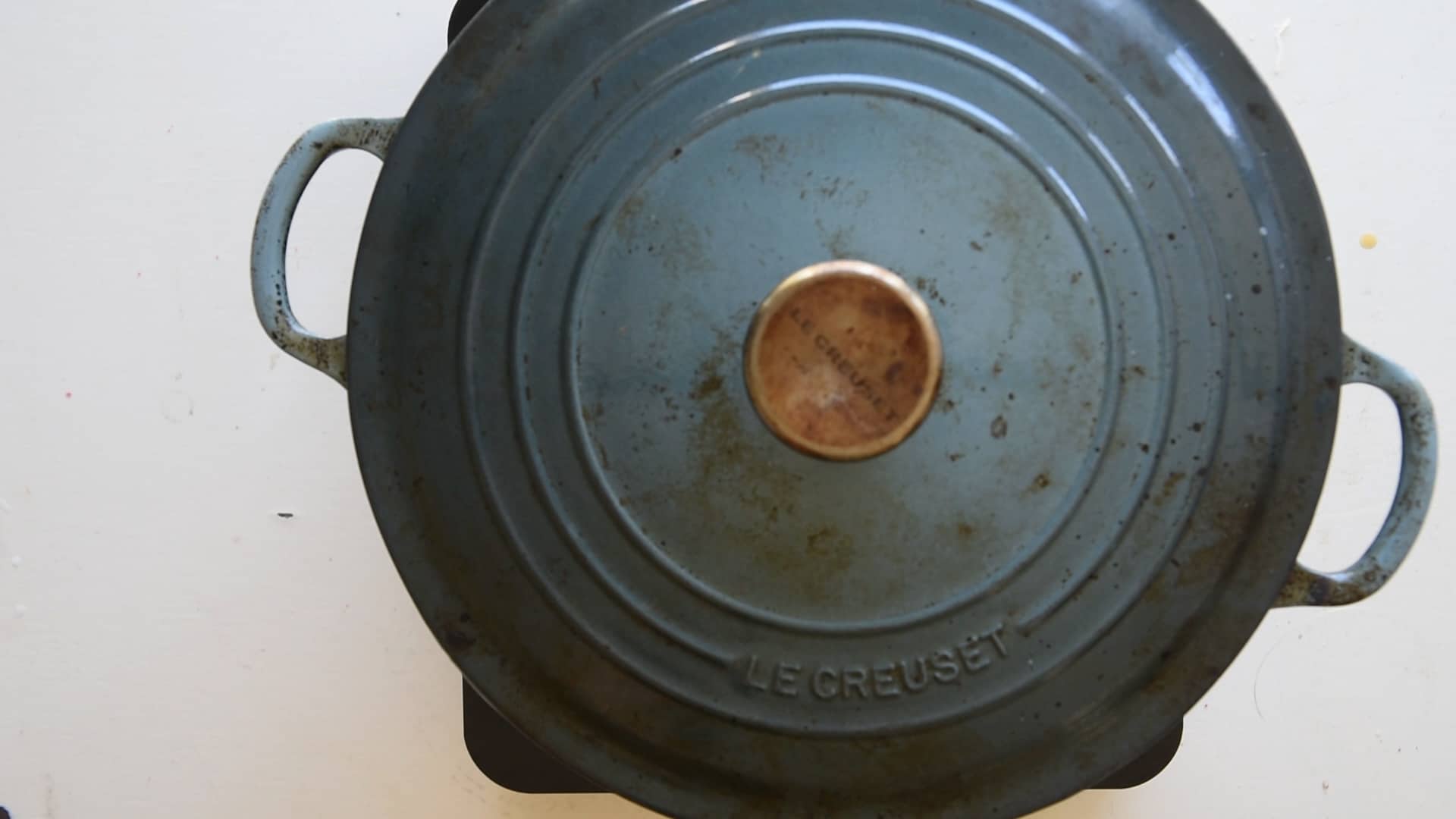
- Cover the Dutch oven with its lid and let the meatloaf simmer on the stove for one hour, ensuring it's cooked through and absorbing the flavors of the sauce.
Slice it and Serve:
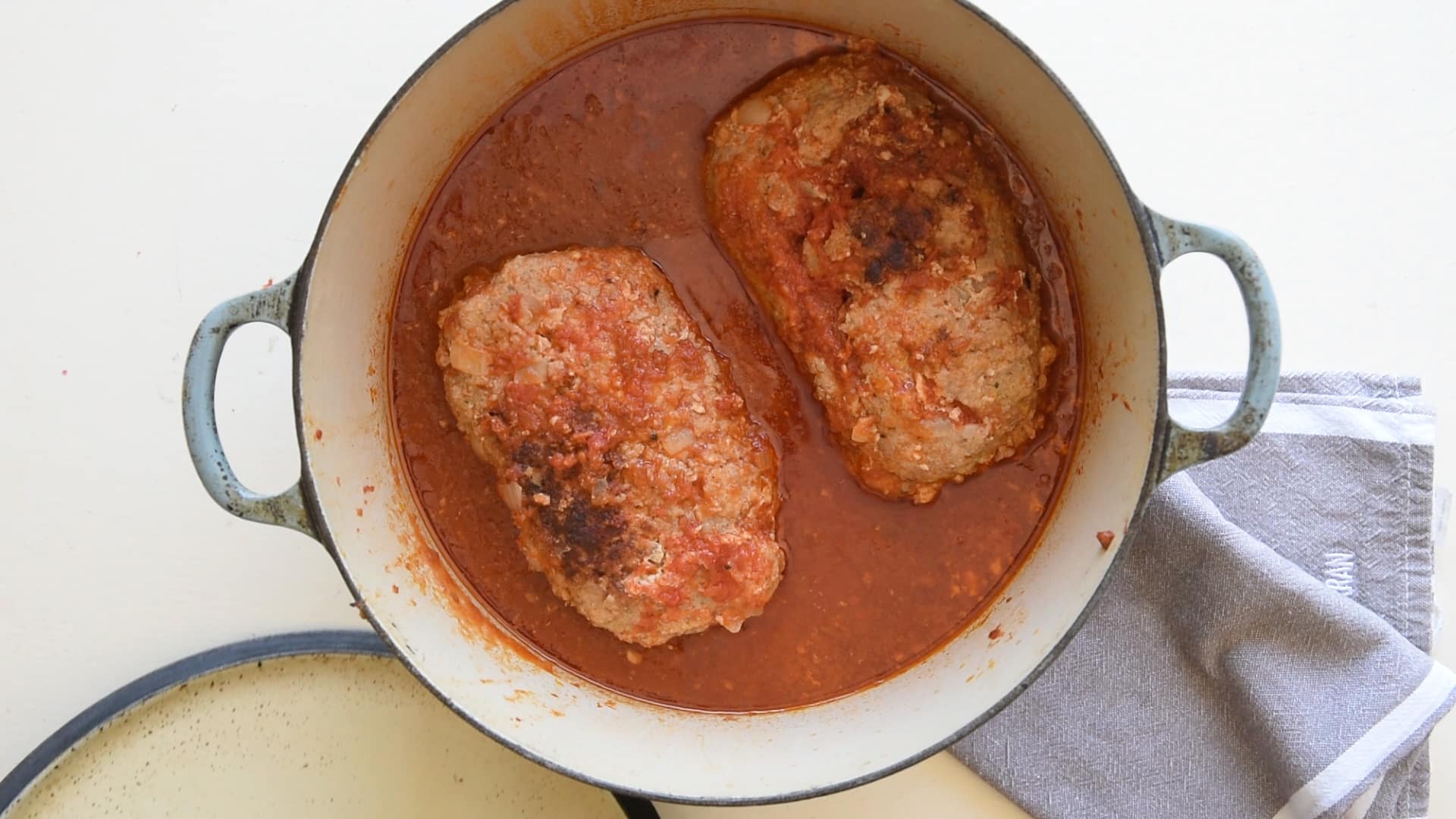
- Once cooked, remove the lid and let the meatloaf rest for a 10 minutes.
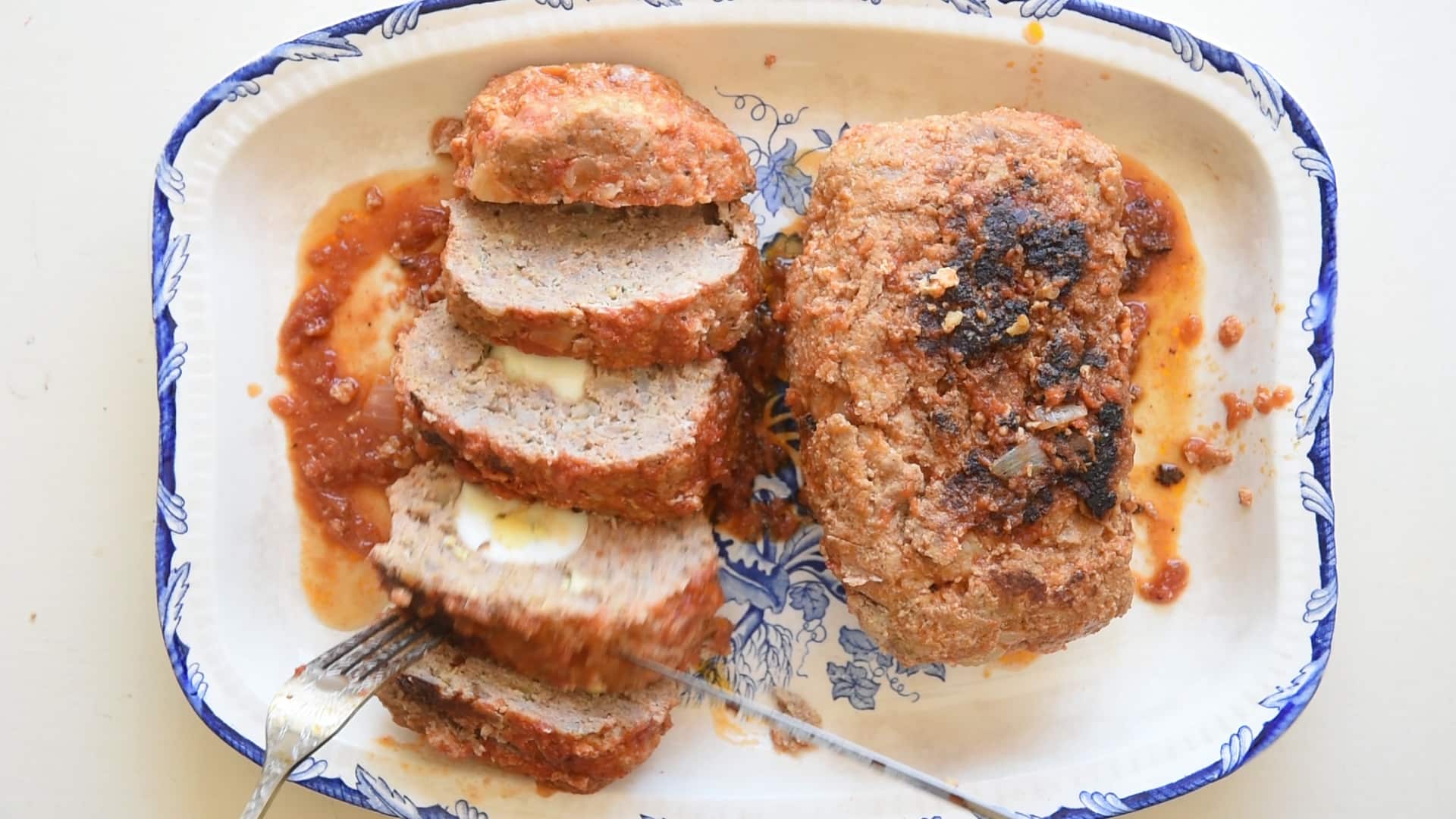
- Transfer the meatloaf to a serving platter and slice it into even portions. Slice them so the boiled egg inside is visible.
- Pour over the top of the meatloaf the tomato sauce
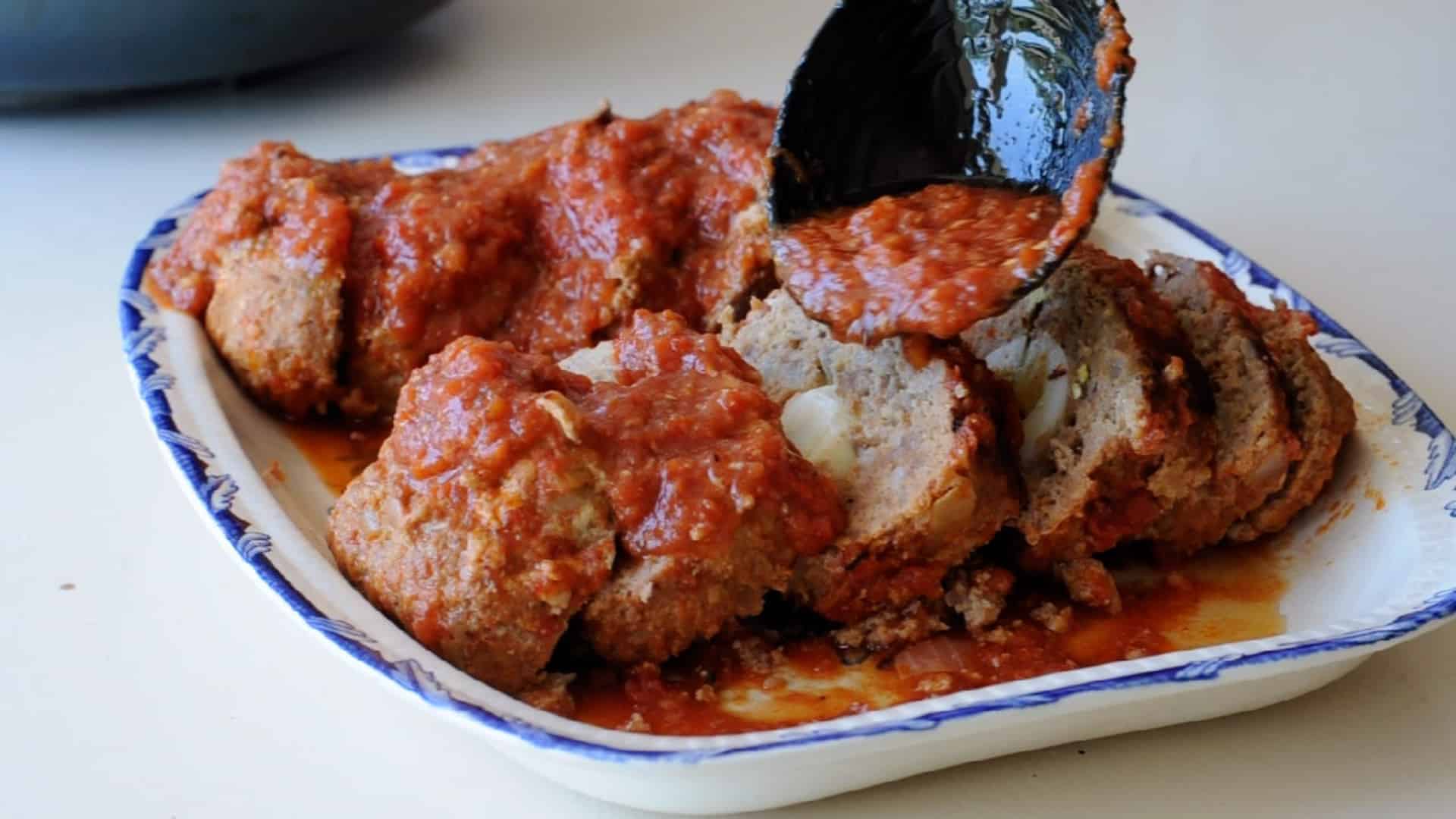
Serving suggestions
When serving the meatloaf, it's essential to let it rest before slicing it into thick portions, ensuring each slice beautifully showcases the boiled egg center.
To elevate the dining experience, consider side dishes that complement the meatloaf's rich taste.
When selecting a side dish for polpettone al sugo, it's ideal to choose something that can absorb the rich tomato sauce without introducing additional juices or overly complex flavors.
Green beans cooked in tomato sauce offer a tangy freshness, while fried crispy polenta introduces a delightful crunch.
Gnocchi alla romana brings a soft, cheesy contrast; potato gratin is all about creamy layers of potato goodness.
For a simpler touch, boiled carrots, broccoli, or peas are classic choices that always hit the mark.
Remember, in traditional Italian dining, pasta is typically its own course.
As practices as explained in the Italian Sunday dinner: a 6 meal course article, pasta wouldn't be paired directly with meatloaf but celebrated separately.
This meatloaf can be prepared ahead of time, eaten the next day is even better.
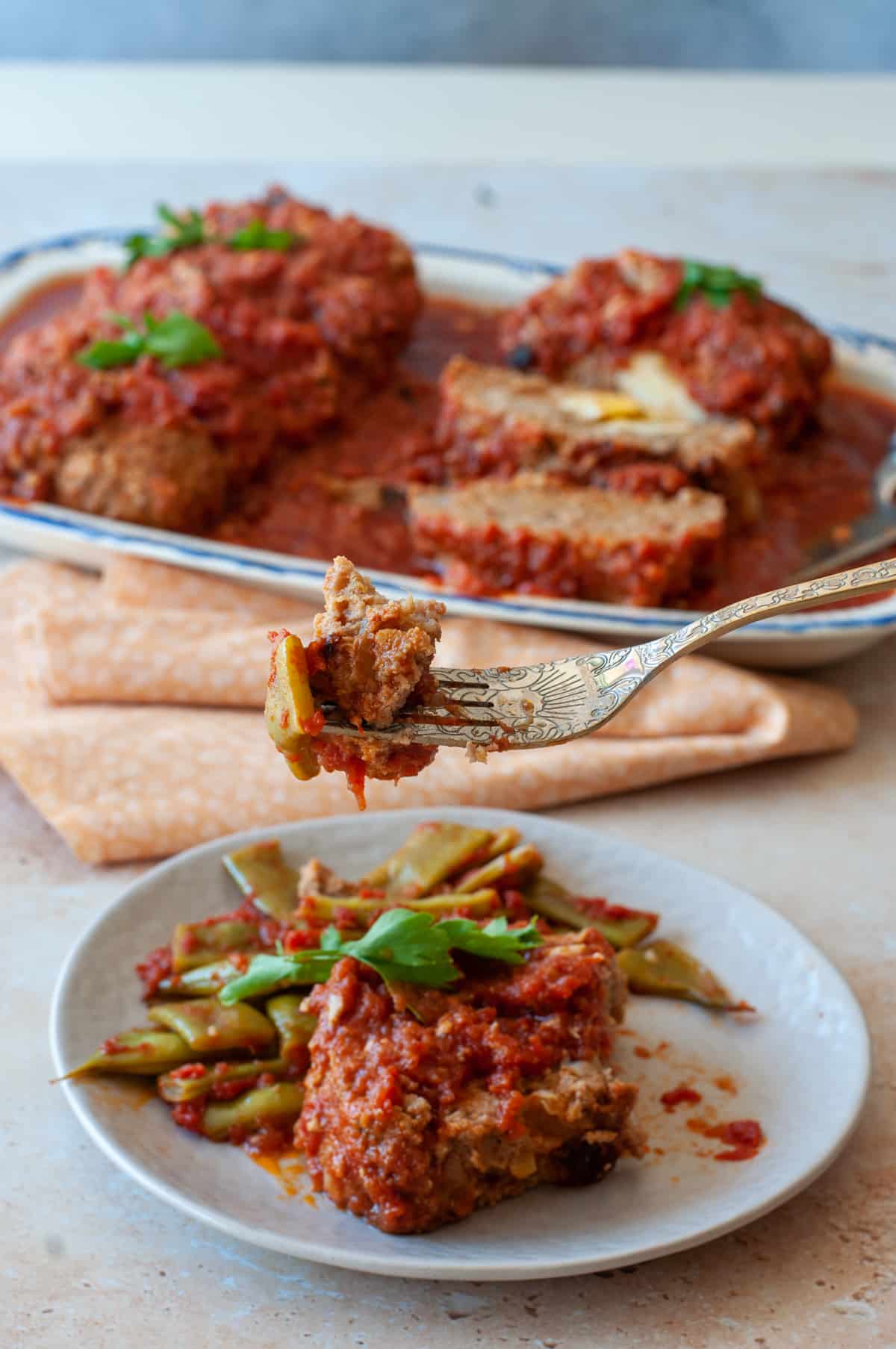
Variations
The beauty of the Italian meatloaf recipe lies in its adaptability.
Across the diverse regions of Italy and through countless family traditions, a good meatloaf has seen numerous variations, each adding its own unique touch.
While the core essence remains, the choice of meat, fillings, and sauces can differ, offering a delightful exploration of flavors and textures.
While the classic Italian meatloaf primarily uses a blend of ground beef and pork, there's room to experiment with other meats like ground veal for a tender and delicate touch.
For those who wish to deviate from the traditional boiled eggs as a filling, consider a creamy mozzarella cheese paired with a green vegetable such as spinach or swiss chard.
This combination adds a fresh element and creates a delightful contrast in texture and taste.
To elevate the depth and richness of the tomato sauce, consider adding dried porcini mushrooms.
These mushrooms infuse the sauce with an earthy, aromatic, savory flavor.
Also, starting the sauce with a soffritto of onion, carrot, and celery is a great way to enhance its complexity and richness.
Whether you're sticking to the traditional recipe or exploring these variations, the essence of Italian herbs and the chosen meat ensures a memorable and flavorful dish.
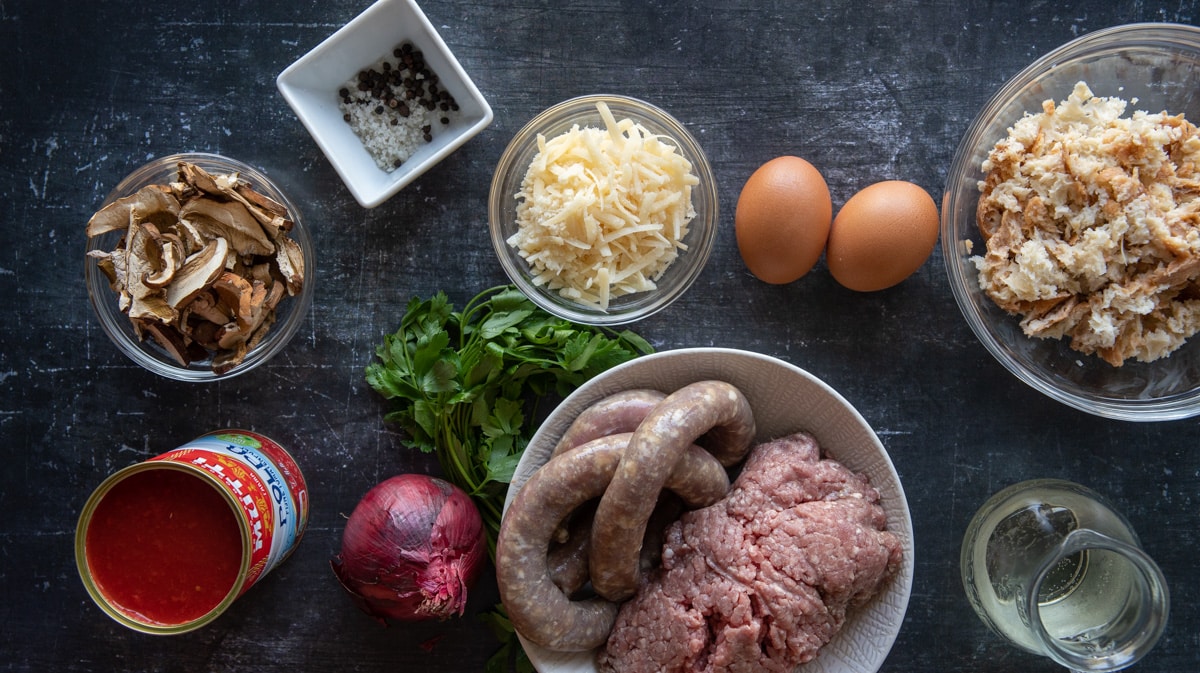
Storage and Reheating
Storing your Italian meatloaf properly ensures that it retains its rich flavors and moist texture.
After allowing the meatloaf to cool to room temperature, place it in an airtight container covered with its sauce.
It can be stored in the refrigerator for 3-4 days.
For longer storage, consider freezing the meatloaf. Slice it into individual portions and store it with its sauce.
This method preserves the meatloaf and makes it convenient to defrost. Frozen meatloaf can last up to 3 months.
When you're ready to enjoy your meatloaf again, reheating is a breeze.
If refrigerated, place the desired portion in a microwave-safe dish and microwave on medium power until heated through.
You can reheat it in a preheated oven at 325°F (165°C) until warmed through for a more oven-baked taste.
If you've frozen your meatloaf, it's best to thaw it in the refrigerator overnight before reheating.
This ensures even warming and helps maintain the meatloaf's delicious flavor and texture.
Once thawed, follow the same reheating instructions as above.
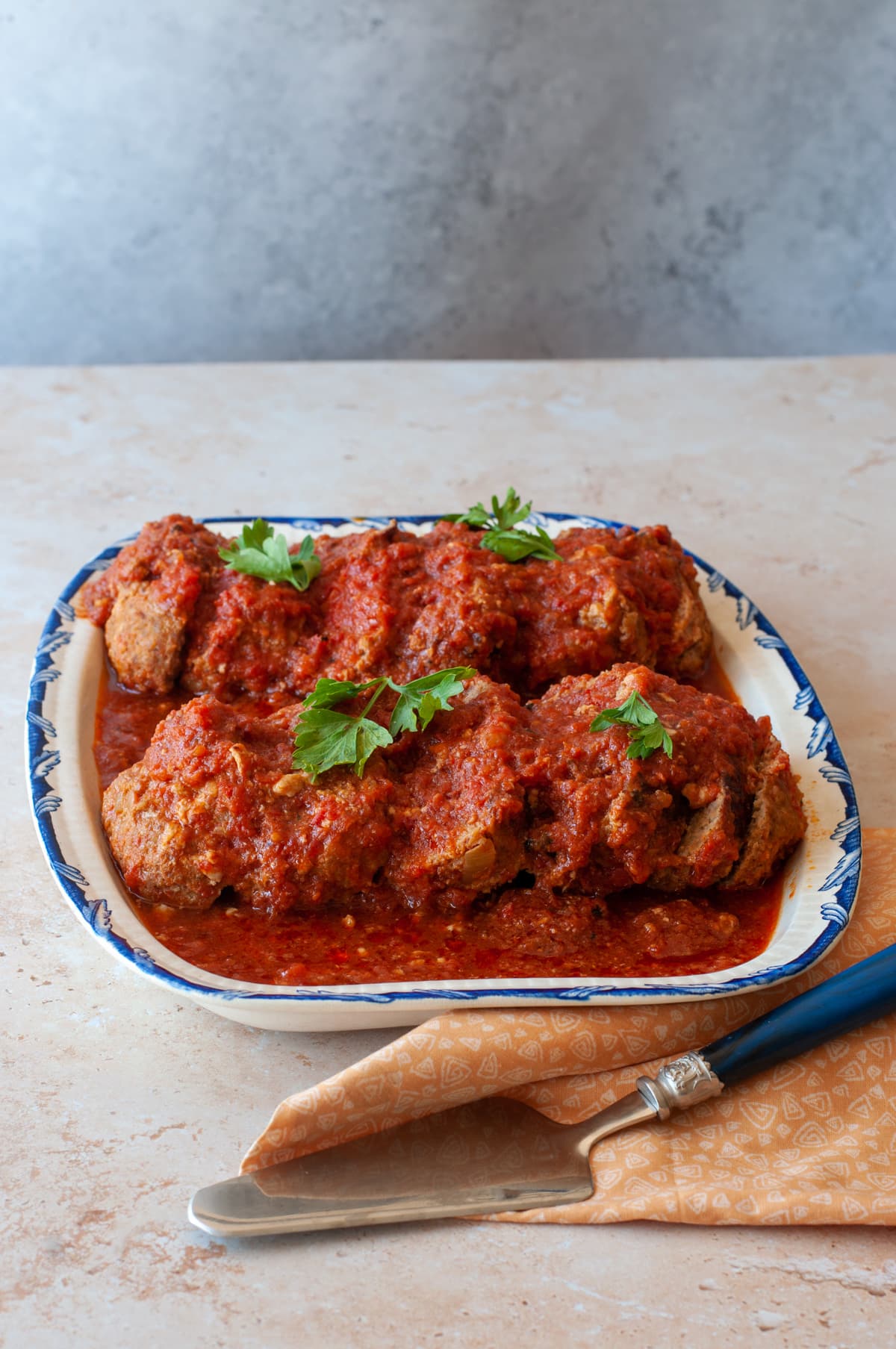
Top tips
- Avoid Blending the Meat: Using a blender can break down the meat too much, leading to a meatloaf that lacks the desired consistency. Properly minced meat ensures a meatloaf with a good bite and texture.
- Stick to Specified Ingredients: Ensure you use the correct eggs, bread, and milk amounts. These act as binding agents, helping the meatloaf hold its shape and stay moist.
- Season Well: Under-seasoning can result in a bland meatloaf. Proper seasoning enhances the meat's natural flavors and other ingredients, making every bite savory and delicious.
- Be Cautious with Fillings: Overstuffing can cause the meatloaf to fall apart or not cook evenly. A balanced amount of filling ensures the meatloaf cooks uniformly and maintains its structure.
- Rest Before Slicing: Letting the meatloaf rest for 10 minutes after cooking allows the juices to redistribute. This ensures that the meatloaf remains juicy and doesn't fall apart when you slice it.
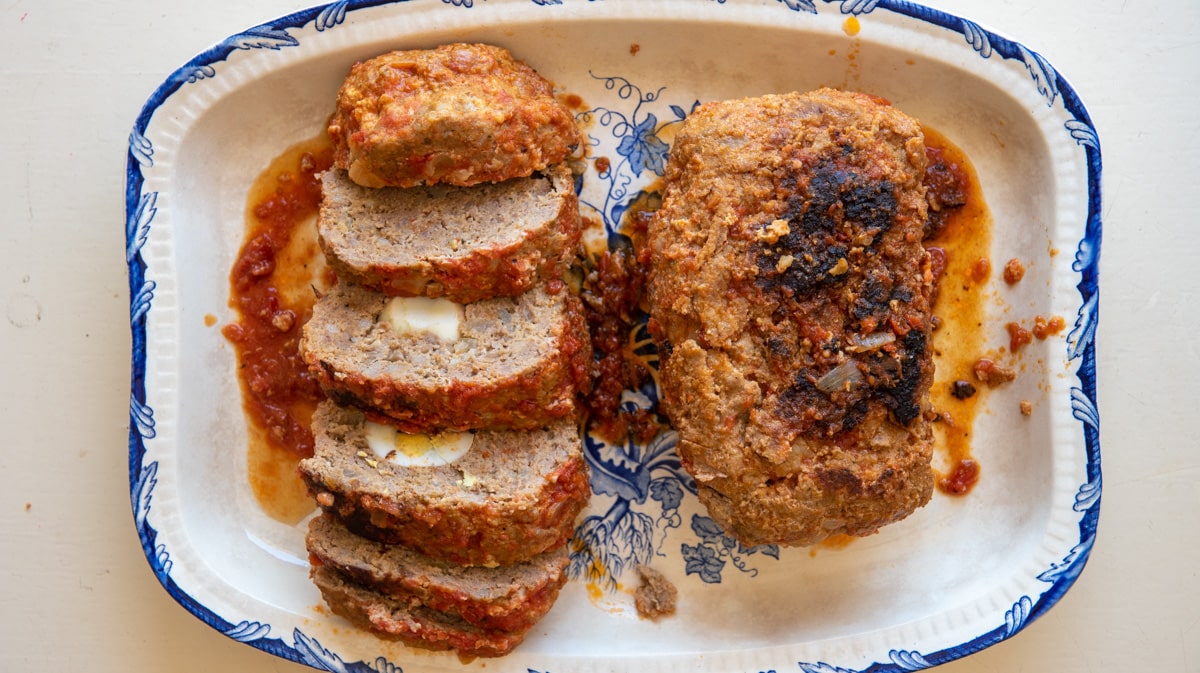
A Brief History of Meatloaf in Italy
The history of the Italian meatloaf, referred to as "polpettone", is deeply rooted in the culinary traditions spanning several centuries.
In the 15th century, Mastro Martino da Como laid the groundwork for dishes that were a precursor to the polpettone.
By the 16th century, renowned cooks like Cristoforo di Messisbugo and Bartolomeo Scappi were already crafting recipes that hinted at the early forms of polpettone.
Milan emerged as the capital of meatball culinary arts in the 19th century.
Recipe books from this era introduced dishes like French-style meatballs and Florentine meatloaf.
Another variant, "mondeghili", crafted from cooked meat, gained traction among families, allowing them to repurpose leftovers.
This provided a practical solution, especially for families with more limited financial means.
Meatballs became so universal that even Milan's nobility relished them, illustrating their broad appeal across social strata.
Pellegrino Artusi, a culinary icon of the 19th century, highlighted meatloaf as a dish known to all, indicating its widespread acceptance across different social classes.
He preferred meatballs made from leftover boiled meat and continued incorporating traditional ingredients like raisins and pine nuts.
Notably, Artusi also introduced a Piedmontese raw meatloaf.
This dish was unique in its construction, with a hard-boiled egg nestled at the center of the meat dough, exemplifying the regional culinary innovations of the era.
As the 20th century dawned, meatballs and meatloaf solidified their place in everyday Italian home cooking, transcending social distinctions.
However, the 1980s saw a decline in their popularity in favor of modern dishes.
Fortunately, by the century's end, meatloaf, like many traditional foods, saw a revival and graced Italian tables from humble homes to aristocratic feasts, once again celebrating their universal appeal.
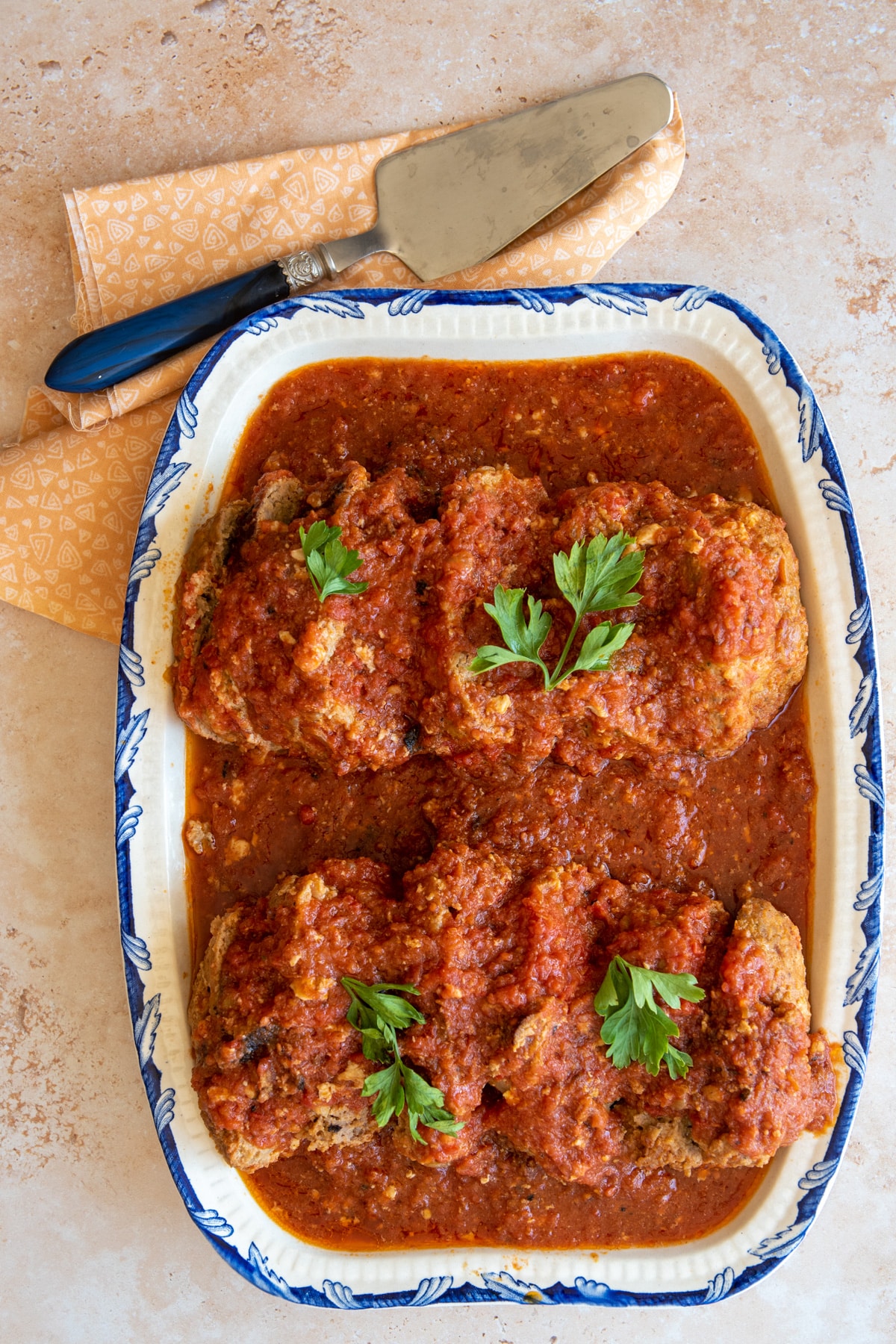
Italian Meatloaf in Art
The Futurism movement, born from the vision of Filippo Tommaso Marinetti in 1909, aimed to redefine not just art, but also the culinary world.
This revolutionary spirit was on full display at the opening of the Taverna del Santopalato, where traditional dishes were transformed into bold artistic statements.
The restaurant was renowned for its innovative approach to food, blending unexpected ingredients and flavors, such as sweet and savory, as well as meat and fish.
One of the most emblematic dishes was the "carneplastico."
This meatloaf, a fusion of various types of meat, was about taste and presentation.
This dish was a unique combination of veal meatloaf and vegetables covered in honey, with a base featuring a ring of sausage and three fried chicken balls.
It was presented as a vertically-shaped meatloaf accompanied by boiled eggs, symbolically referencing the male anatomy.
Presented in a controversial and captivating way, the carneplastico was more than a dish; it was a testament to the Futurists' belief in pushing boundaries.
Through such creations, the Futurists showcased that food, like art, has the power to challenge conventions and inspire change.
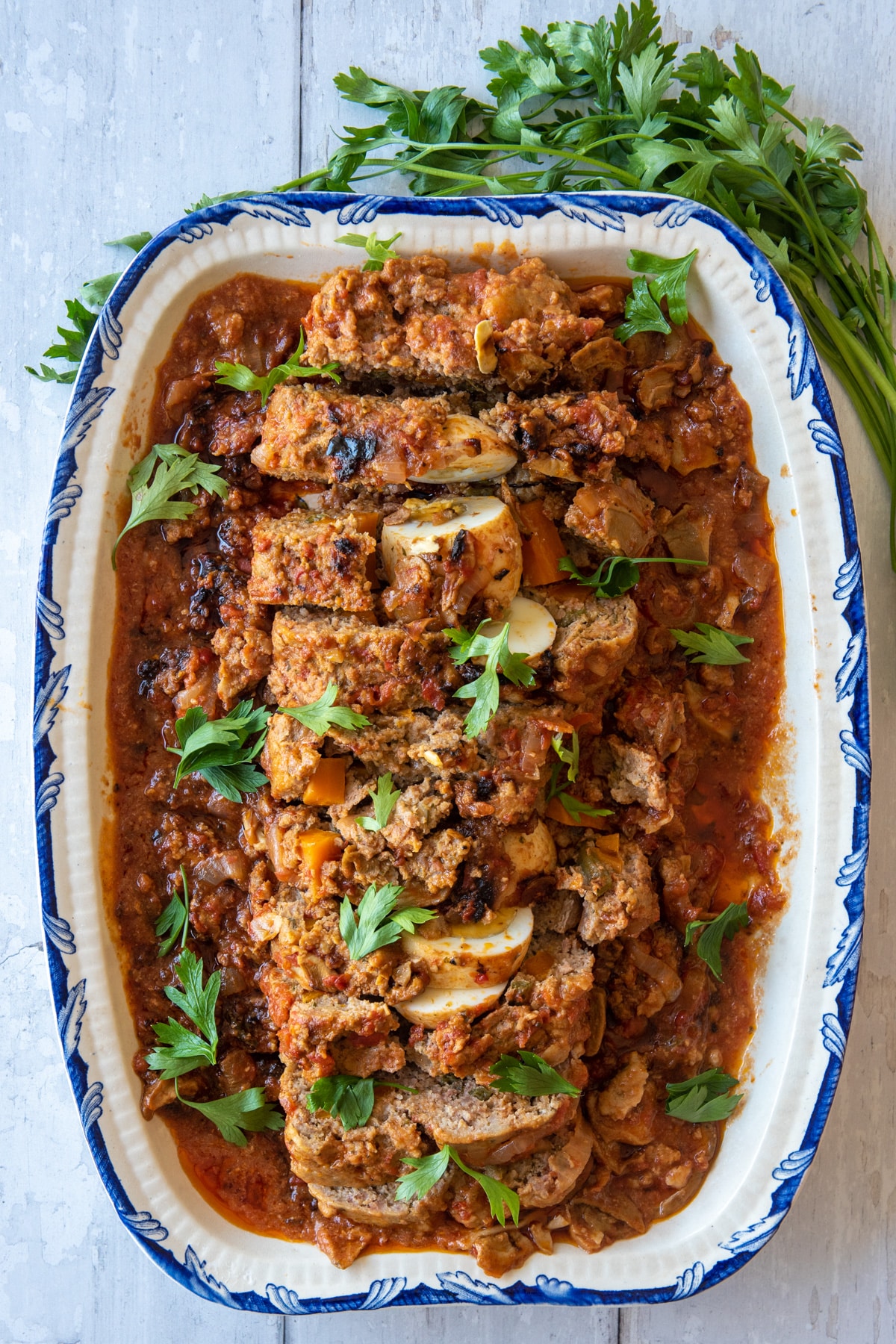
More recipes you may like
If you are making any of this Italian meatloaf recipe, leave your comment below I would like to hear from you. You can find more delicious ideas if you FOLLOW ME on Facebook, YouTube, or sign up to my newsletter.
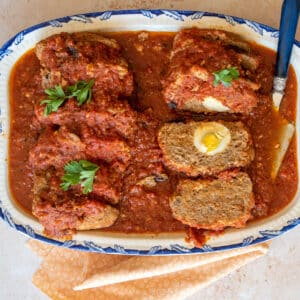
📋Traditional Italian Meatloaf Recipe (Polpettone)
Ingredients
Meat mixture
- 10 oz lean minced beef
- 10 oz minced pork or sausages
- ½ cup Stale white bread soaked in milk
- ½ cup Parmesan cheese
- 1 tablespoon bacon or nduja
- 1 onion
- 3 eggs
- 2 boiled eggs
- 1 teaspoon salt
Sauce and seasoning
- 1 ½ cup homemade tomato sauce
- 3 tablespoon white wine
- 3 tablespoon olive oil
- salt & pepper
Equipment
- Nambe Handled Tray maintain warm
Instructions
Preparing the Meatloaf Mixture
- Before you start, soak the stale bread in milk for 30 minutes until it's fully saturated.½ cup Stale white bread
- Stir fry the onion with the bacon (or the Nduja)1 tablespoon bacon, 1 onion
- Combine the lean ground beef and ground pork in a large mixing bowl.10 oz lean minced beef, 10 oz minced pork or sausages
- Add the grated Parmesan cheese and the eggs and season with salt½ cup Parmesan cheese, 3 eggs, 1 teaspoon salt
- Squeeze out excess milk and crumble the milk-soaked bread into the meat mixture.
- Add the fried onion and bacon or Nduja
- Mix everything together until well combined.
Shaping 2 Meatloaves
- Lay out a flat surface and shape half of the meat mixture into a loaf form.
- Make an indentation along the center of the meatloaf and place the boiled eggs inside. Fold the meat over the eggs, ensuring they are fully enclosed.2 boiled eggs
- Smooth out the top of the meatloaf to ensure an even shape.
- Repeat for the second meatloaf
Searing the Meat
- Heat some olive oil over medium-high heat in a Dutch oven3 tablespoon olive oil
- Once hot, place the meatloaf and sear each side until it's golden brown. This helps to lock in the flavors.
Cook in the Tomato Sauce
- After searing the meatloaf, reduce the heat to medium
- Pour the white wine to deglaze the pan, scraping up any browned bits from the bottom.3 tablespoon white wine
- Add the tomato sauce, ensuring the meatloaf is well-covered and season with salt and pepper.1 ½ cup homemade tomato sauce, salt & pepper
- Cover the Dutch oven with its lid and let the meatloaf simmer on the stove for one hour, ensuring it's cooked through and absorbing the flavors of the sauce.
Slice it and Serve
- Once cooked, remove the lid and let the meatloaf rest for a 10 minutes.
- Transfer the meatloaf to a serving platter and slice it into even portions. Slice them so the boiled egg inside is visible.
- Pour over the top of the meatloaf the tomato sauce and serve
Video
Notes
- Avoid Blending the Meat: Using a blender can break down the meat too much, leading to a meatloaf that lacks the desired consistency. Properly minced meat ensures a meatloaf with a good bite and texture.
- Stick to Specified Ingredients: Ensure you use the correct eggs, bread, and milk amounts. These act as binding agents, helping the meatloaf hold its shape and stay moist.
- Season Well: Under-seasoning can result in a bland meatloaf. Proper seasoning enhances the meat's natural flavors and other ingredients, making every bite savory and delicious.
- Be Cautious with Fillings: Overstuffing can cause the meatloaf to fall apart or not cook evenly. A balanced amount of filling ensures the meatloaf cooks uniformly and maintains its structure.
- Rest Before Slicing: Letting the meatloaf rest for 10 minutes after cooking allows the juices to redistribute. This ensures that the meatloaf remains juicy and doesn't fall apart when you slice it.
Nutrition
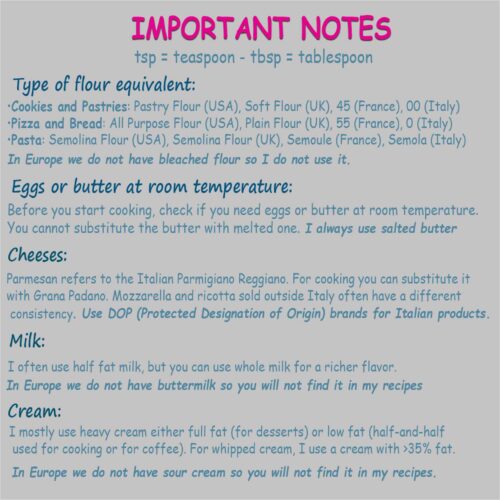

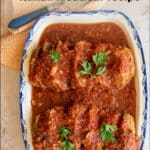
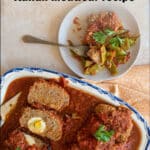
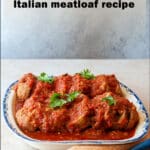
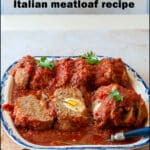

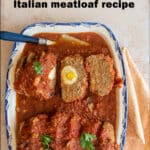
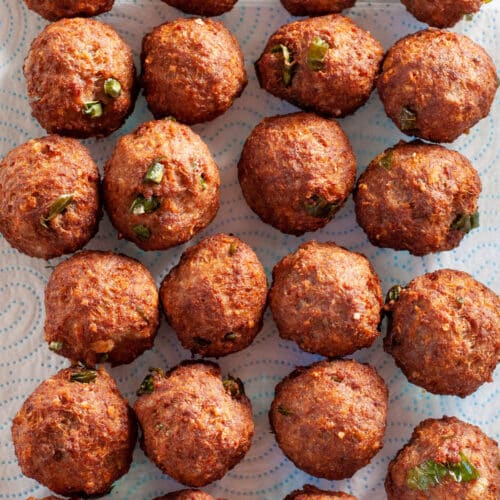
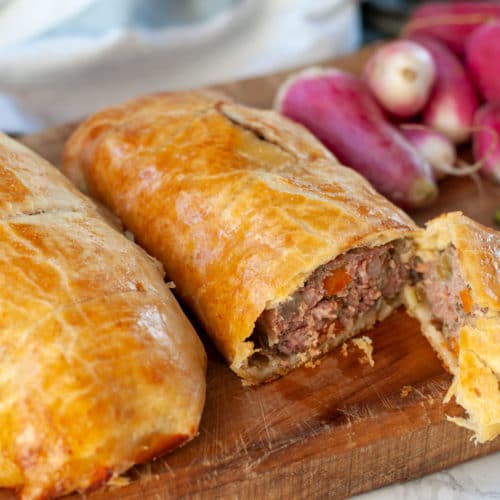
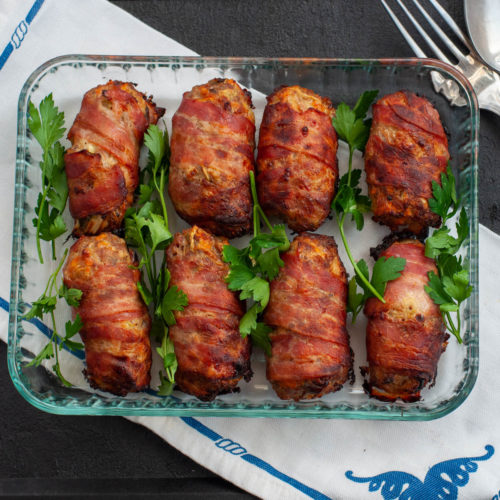

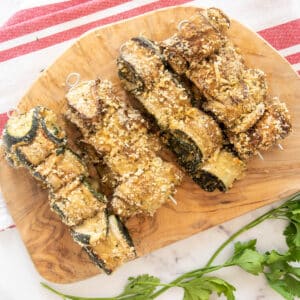

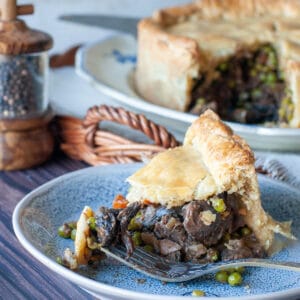

Leave a Reply